Tag: DIY’ers
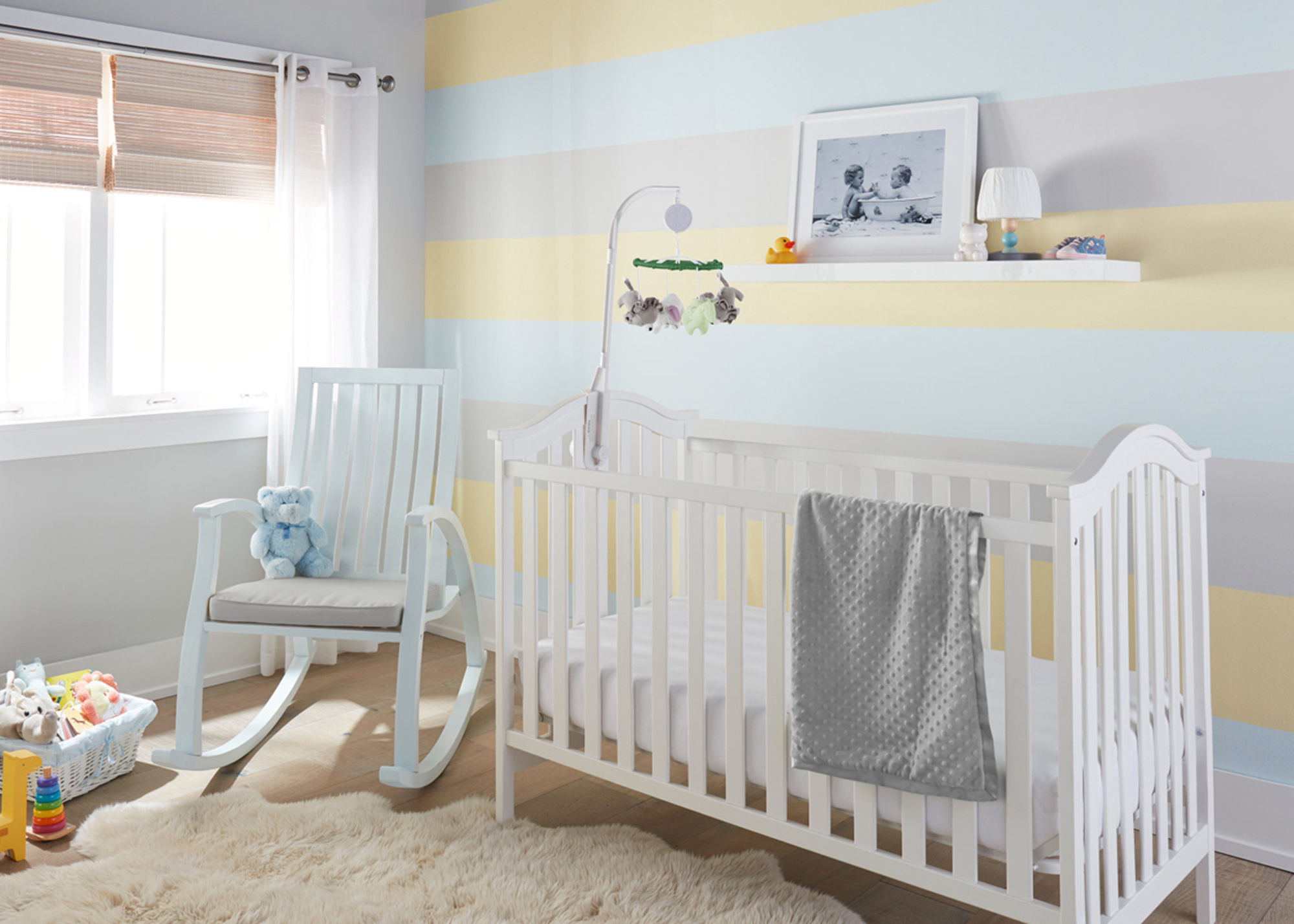
Nursery Makeover with a Sweet Striped Accent Wall
December 20, 2019Are you or someone you love expecting? Creating a cute-as-can-be nursery doesn’t have to be a challenge, and with tips from KILZ® you can color the space any way you choose! In this new nursery, soft colors are painted in a sweet striped pattern to create a playful accent wall. The colors pop because the wall was primed before it was painted! Want to recreate the look for yourself? This painting project is simple to do at home.

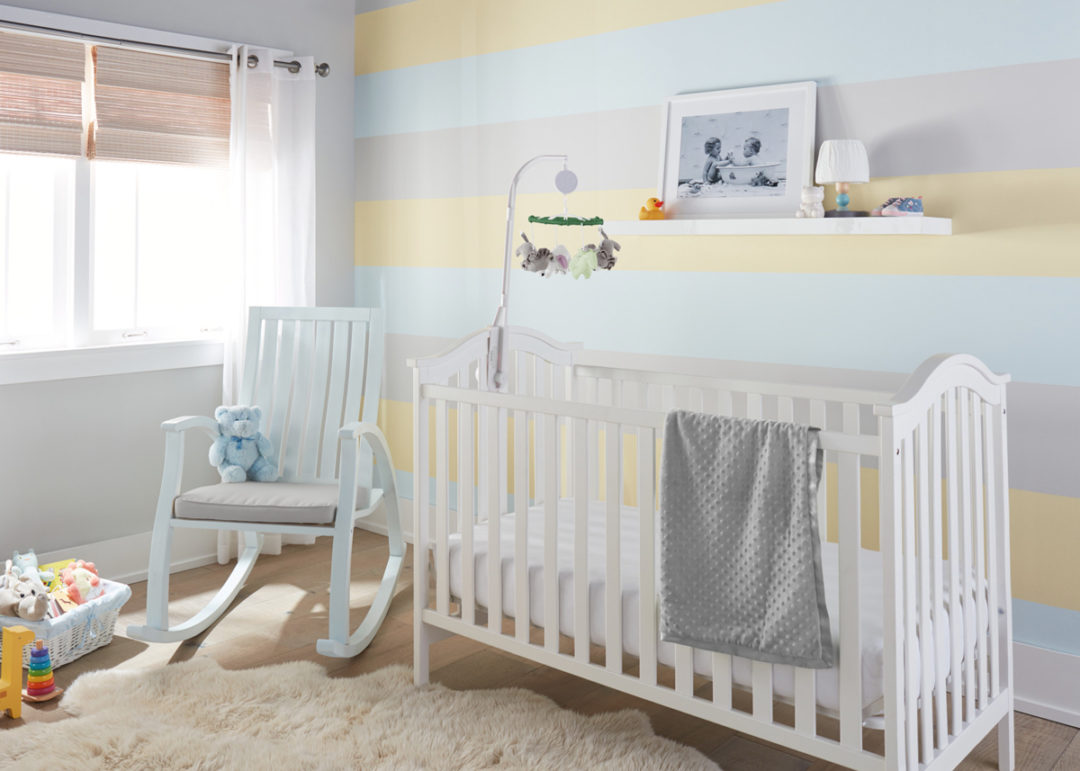
When painting a porous surface like new drywall, KILZ® 1 Standard Primer is recommended. Designed for use on multiple interior surfaces, KILZ® 1 Standard Primer seals porous surfaces and promotes a more uniform appearance of the topcoat. To begin, wipe down the accent wall with a damp cloth to ensure it is clean and free of dust and allow the surface to dry. Next, apply KILZ® 1 Standard Primer to seal the porous surface of the new drywall. Apply primer using a brush first to “cut in” around edges, then use a roller to fill in. Allow 1-hour dry time.
Now it’s time for paint! Selecting the lightest of the three paint colors as the base, apply KILZ Tribute® in Flying Dove to the entire accent wall. Use a brush first to cut in around edges 4 to 6 feet at a time, then use a roller to fill in those sections before moving along. Allow 1-hour dry time. Next up, painting the striped pattern! Measure the height of the wall and divide by the desired number of stripes to determine the width of each stripe. Use a measuring tape, pencil and level, mark the placement of each stripe, then apply painter’s tape to each line (ensuring the tape is on the correct side of the line so the stripes are even). Using a roller, paint every third stripe in BEHR Premium Plus® in Calla. Repeat the above steps to paint every other remaining stripe in Misty Morning. Remove the painter’s tape (pulling off at an angle) before the paint has fully dried to ensure clean lines.
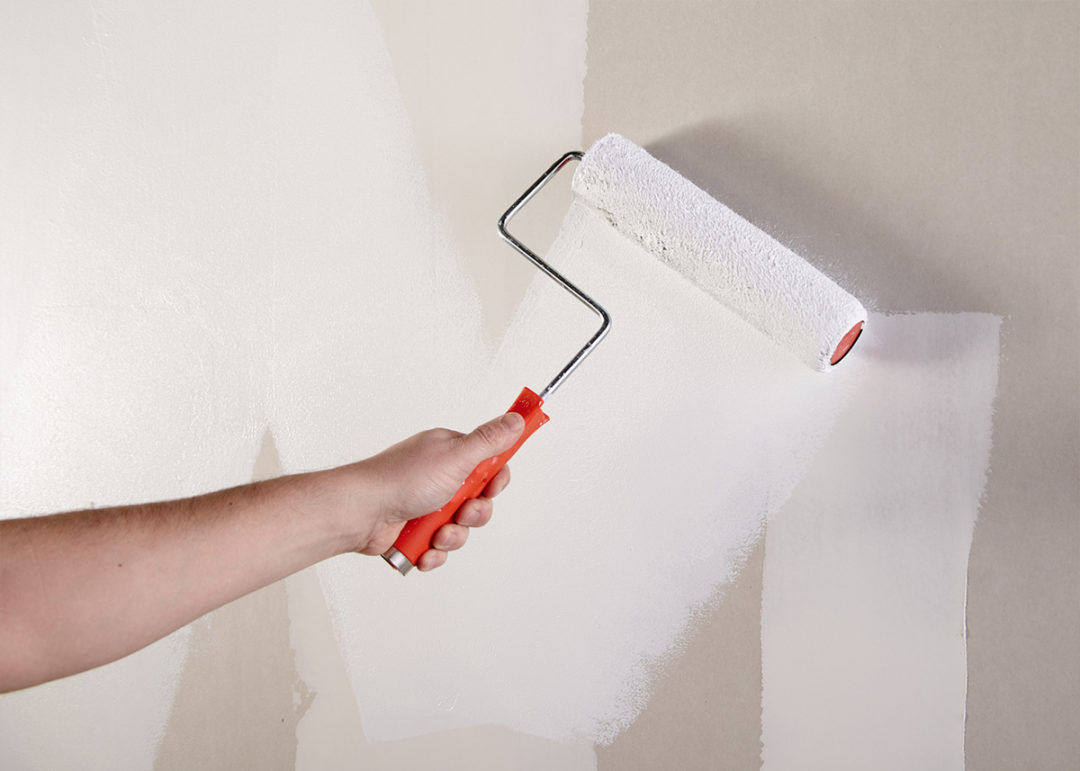
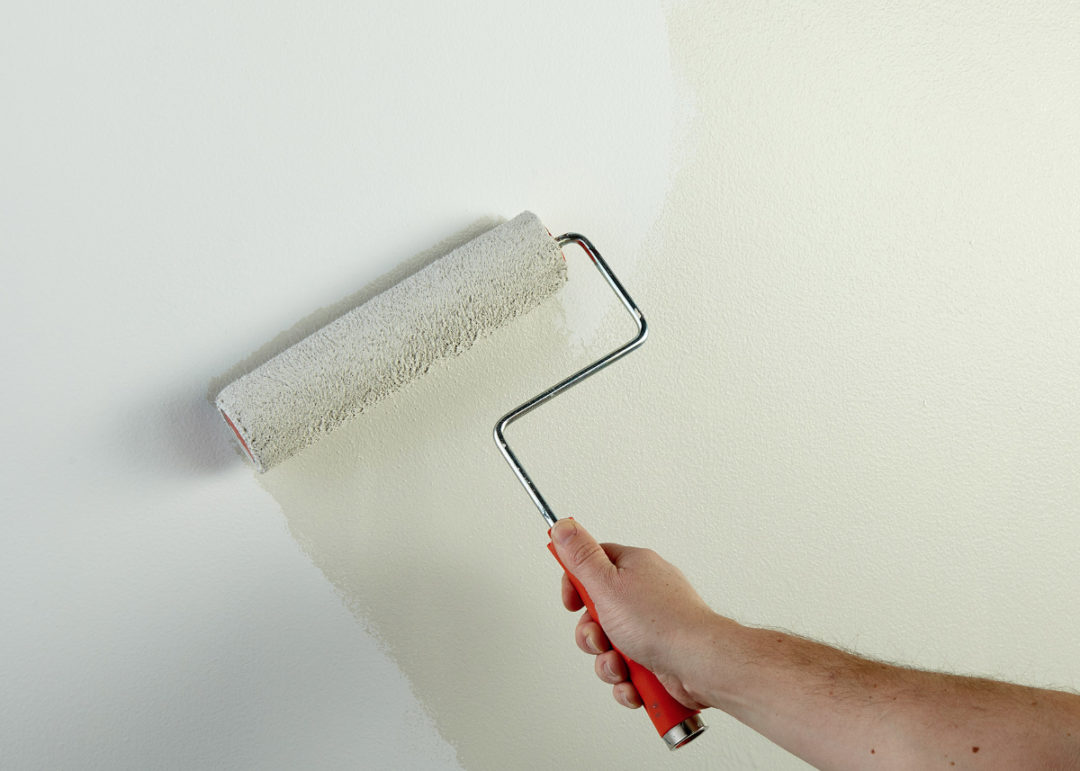
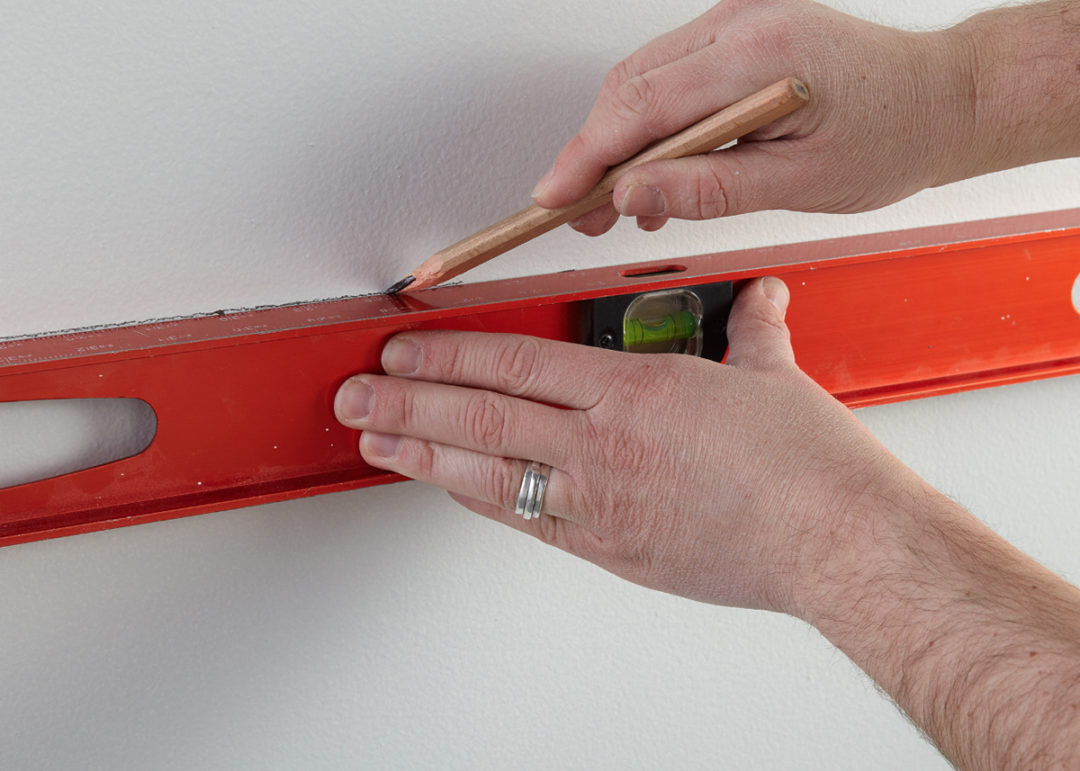
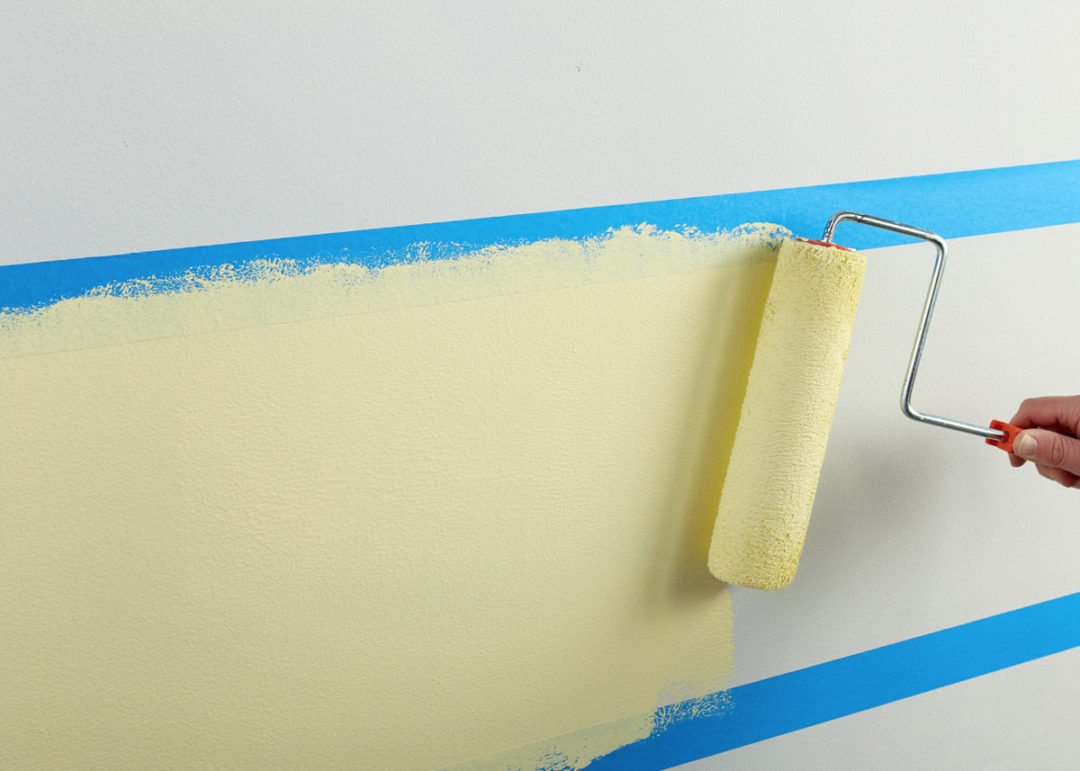
To finish up the sweet space, we primed and painted a plain wood rocking chair in the same light blue shade used for the striped accent wall – KILZ Tribute® in Misty Morning. It really ties the nursery together! When painting wood furniture, it is advised to always use primer first. Primer will help protect the wood and will ensure better adhesion and truer color from your paint. For this chair refresh we used KILZ 2® All-Purpose Primer, a great choice for furniture upcycling projects. To learn how to paint a chair of your own, keep reading below!
Step 1:
Remove chair cushion and set aside.
Step 2:
Sand the entire surface of the chair; do a first pass with 100-150 grit sandpaper then finish with a second pass of 180-220 grit sandpaper.
Step 3:
After sanding, wipe down the surface with a damp cloth to remove any dust or residue and allow the surface to dry before moving on to primer.
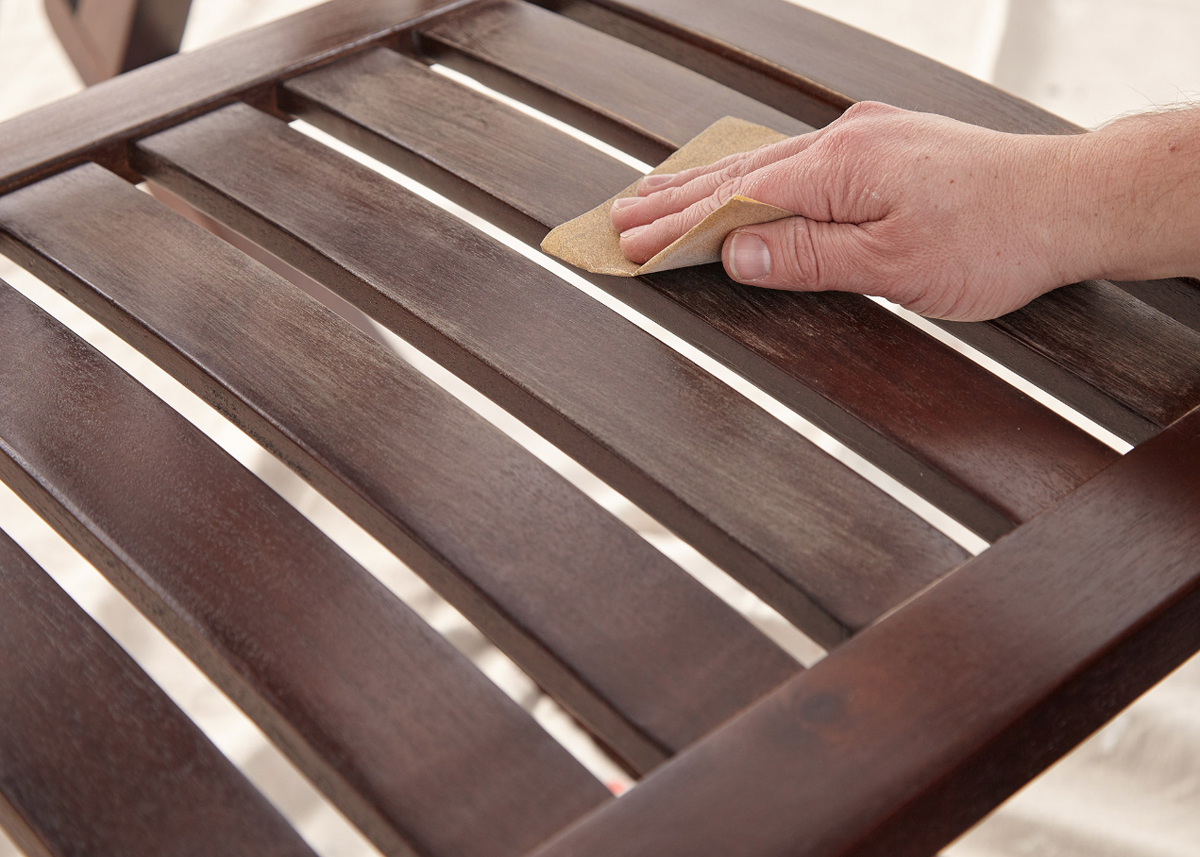
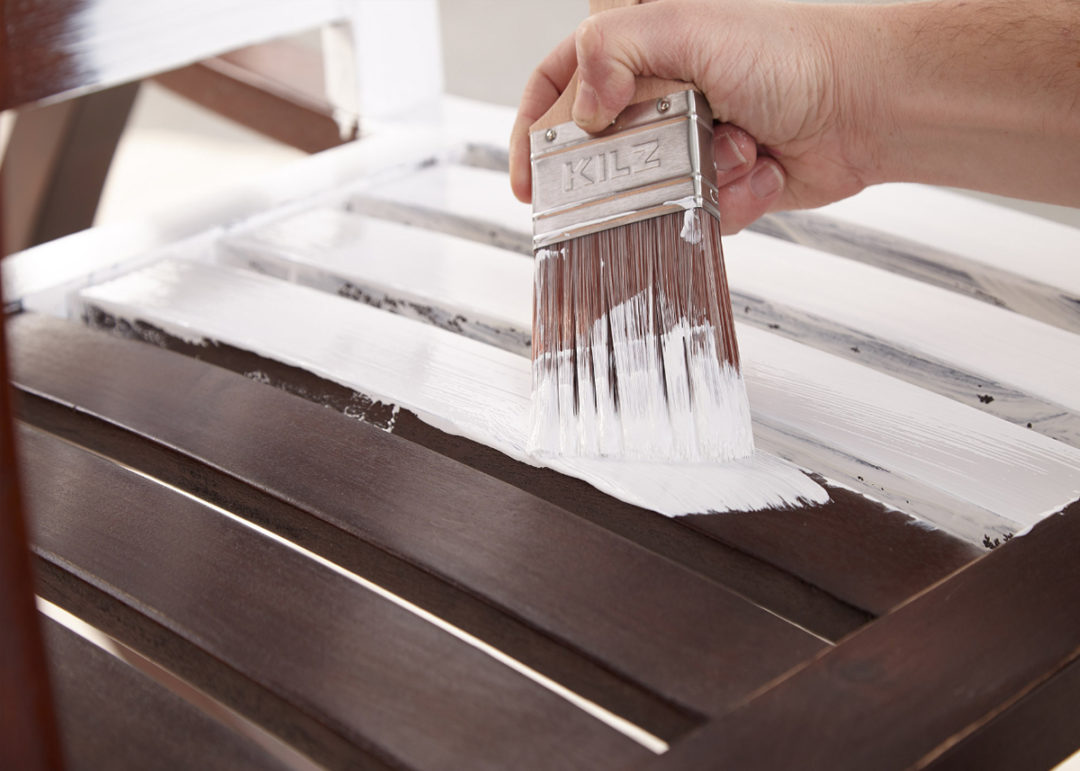
Step 4:
Apply KILZ 2® All-Purpose Primer, moving in the same direction as the wood grain for best results. Allow primer to dry for 1 hour.
Step 5:
Next it’s time for paint! Apply KILZ Tribute® in Misty Morning using a nylon or polyester blend brush, moving in smooth strokes that go the same direction as the wood grain.
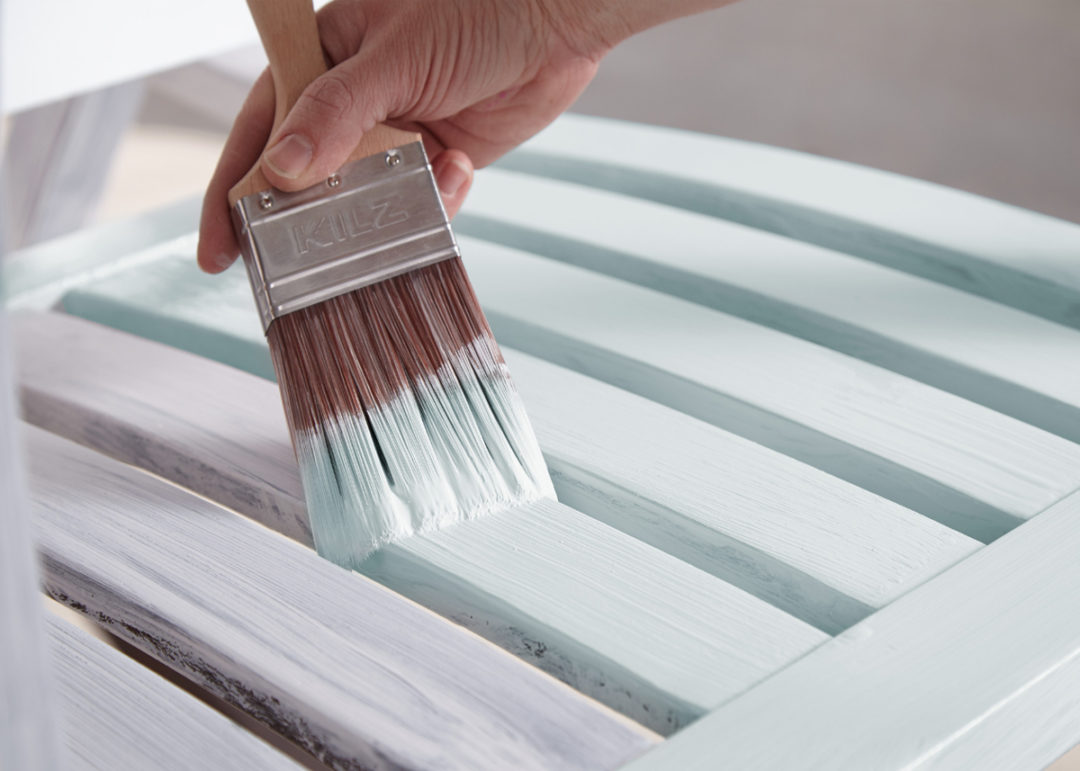
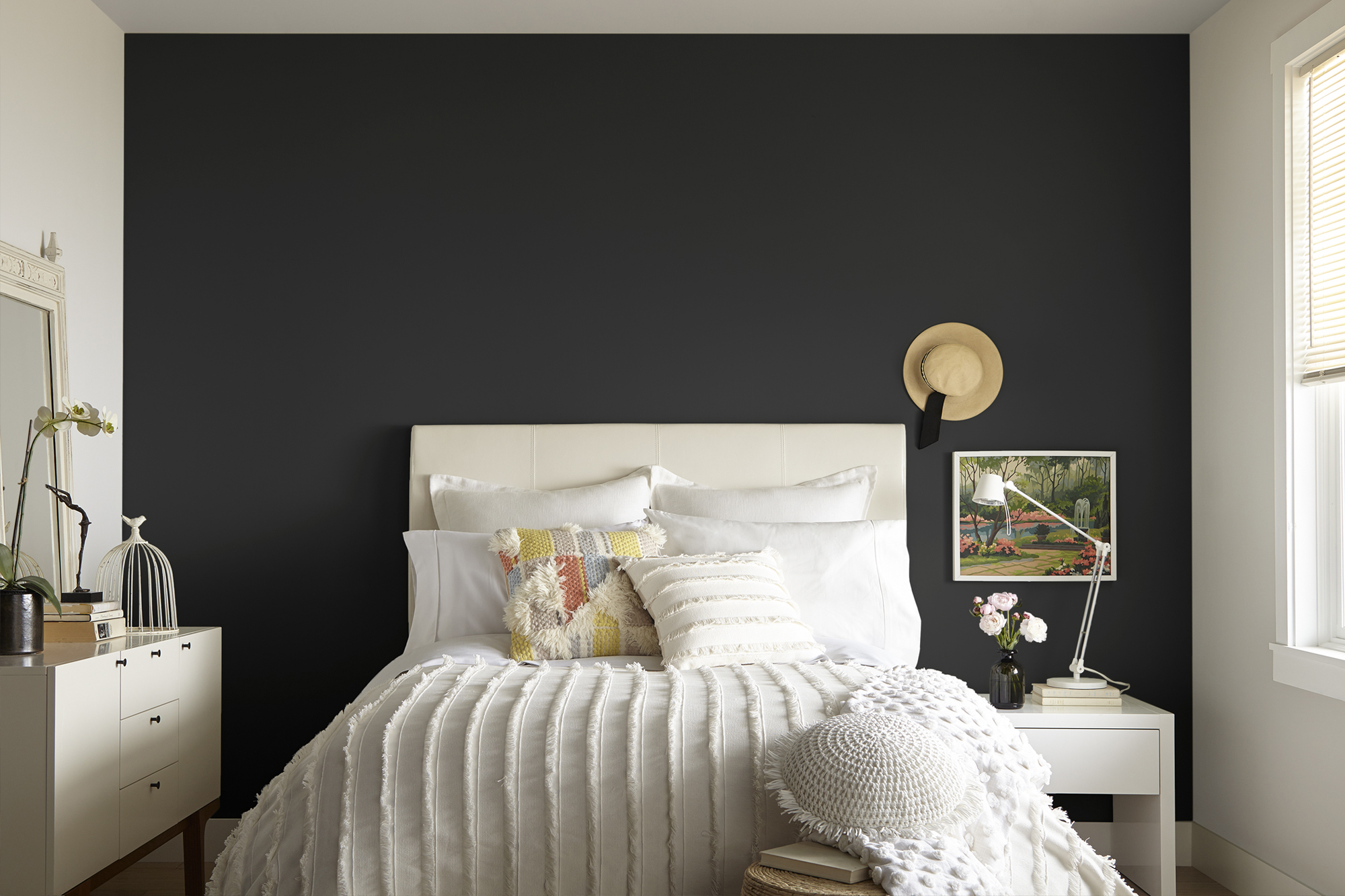
How-To Paint a Dark Accent Wall
August 30, 2019An outdated wall color is replaced with a bold hue in this easy to replicate bedroom transformation, giving a once bland space a fresh look and feel. It’s typical of many painting projects to be applying new paint over a previous color, and when you’re going from a lighter shade to a darker paint color do you need to prime? The Pro’s answer is yes! Priming before painting allows a truer and richer color from your top coat, so even if you think your new color is dark enough to cover the old paint, you might not get the exact result you were expecting if you don’t prime first.
For this bedroom makeover we chose KILZ 2® All-Purpose primer, a multi-surface sealer and stain blocker that is great at hiding a previous light or mid-toned color. KILZ 2® was perfect for the job as we were taking the wall behind the bed from light to dark, but also changing the wall with the window from the old grey-green to a crisp white – this really made our final accent wall pop!
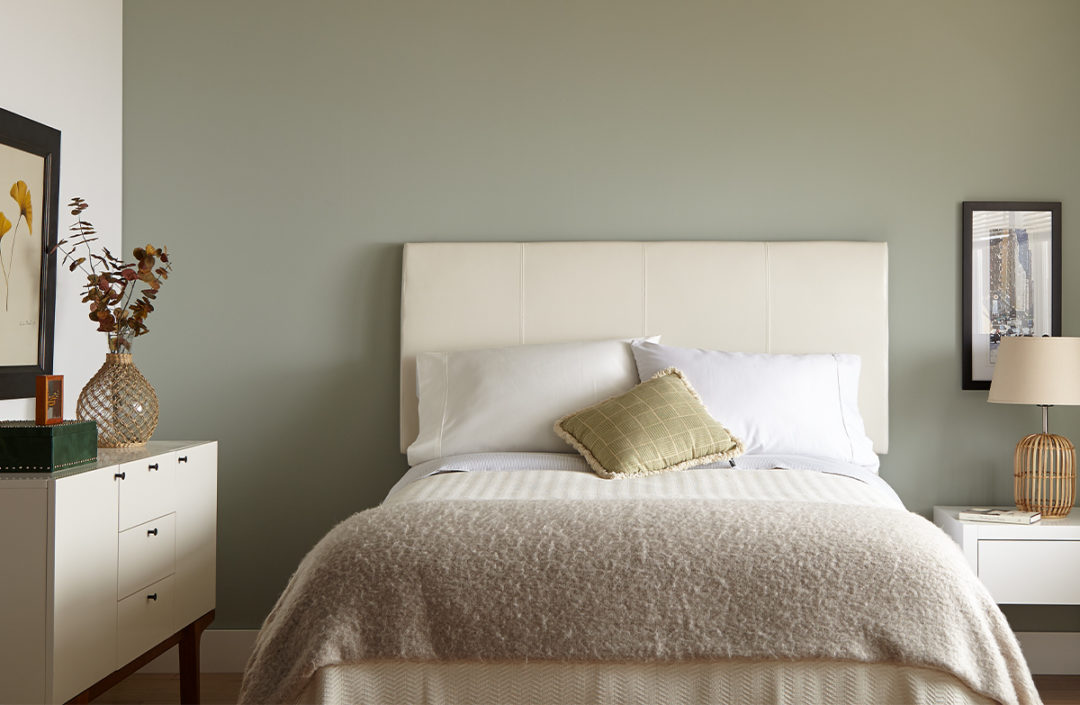
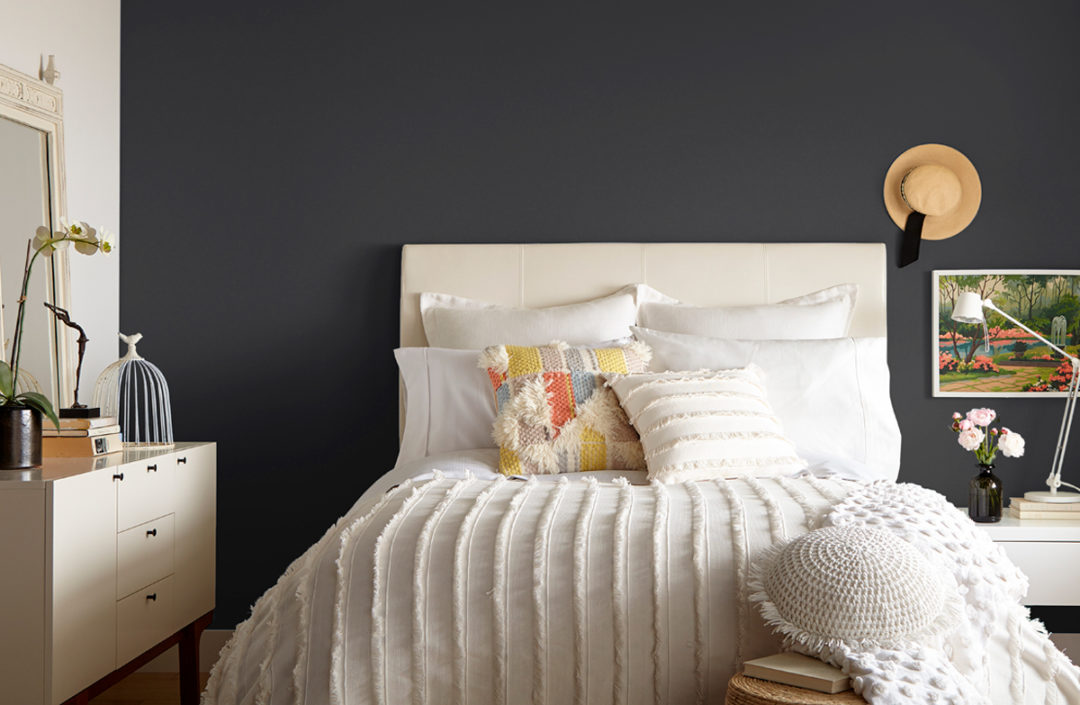
At first glance the before-to-after transformation of this space might look like it took a lot of work, but the biggest change was the new paint color. The beauty of a dark accent wall is that it can dramatically elevate your space, without the need for many other changes. We chose BEHR PREMIUM PLUS® in Nocturne Blue HDC-CL-28 for the accent wall and White Modern TB-09 for the remaining walls. A deep gray with a dark blue undertone, Nocturne Blue appears as almost black on the wall which resulted in the bold look we desired while still having a level of softness ideal for a bedroom.
After the priming and painting were done, we added new bedding and a few fresh accessories and the stunning bedroom makeover was complete. If you’re feeling inspired to paint your own dark accent wall, step-by-step instructions are below.
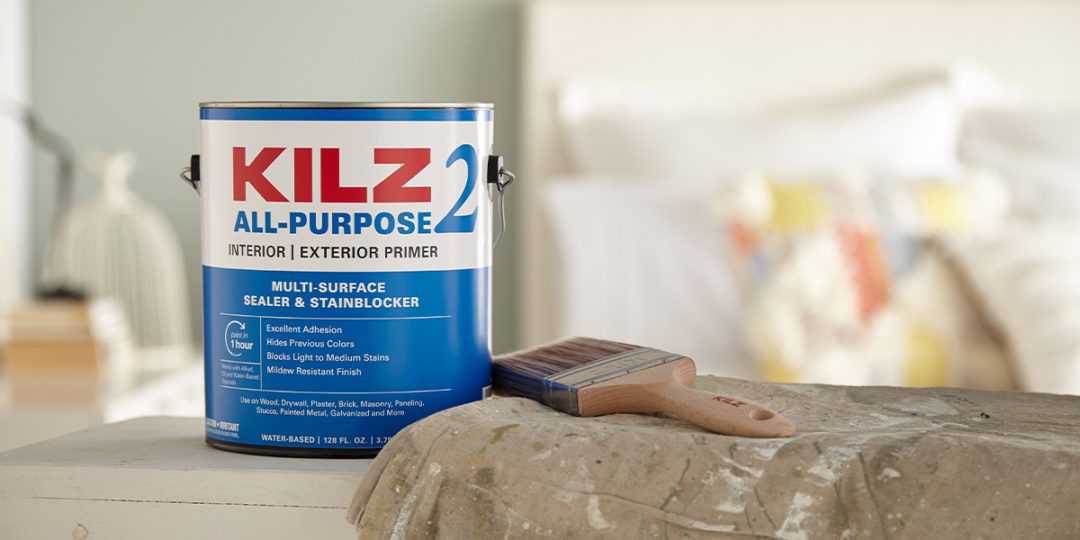
Step 1:
Wipe down the walls with a damp cloth to ensure they are clean and free of dust. Allow the surface to dry.
Step 2:
Tape around the baseboards, trim and moldings.
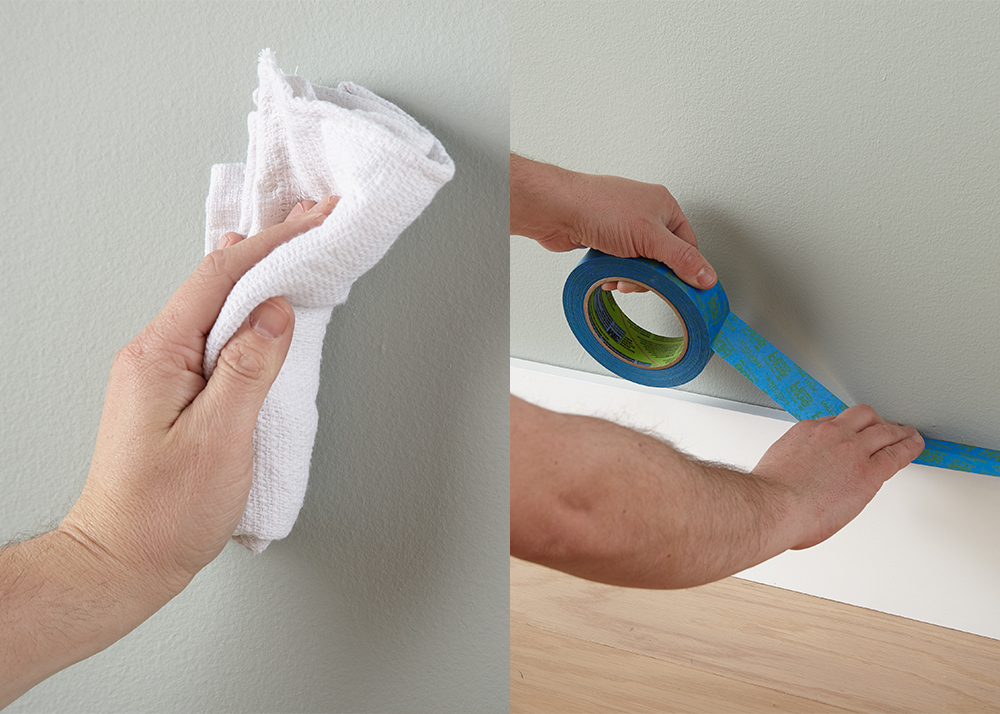
Step 3:
To ensure a perfect paint finish, start by applying 1 coat of KILZ 2® All-Purpose – stirring thoroughly before and occasionally during use. Allow 1-hour of dry time.
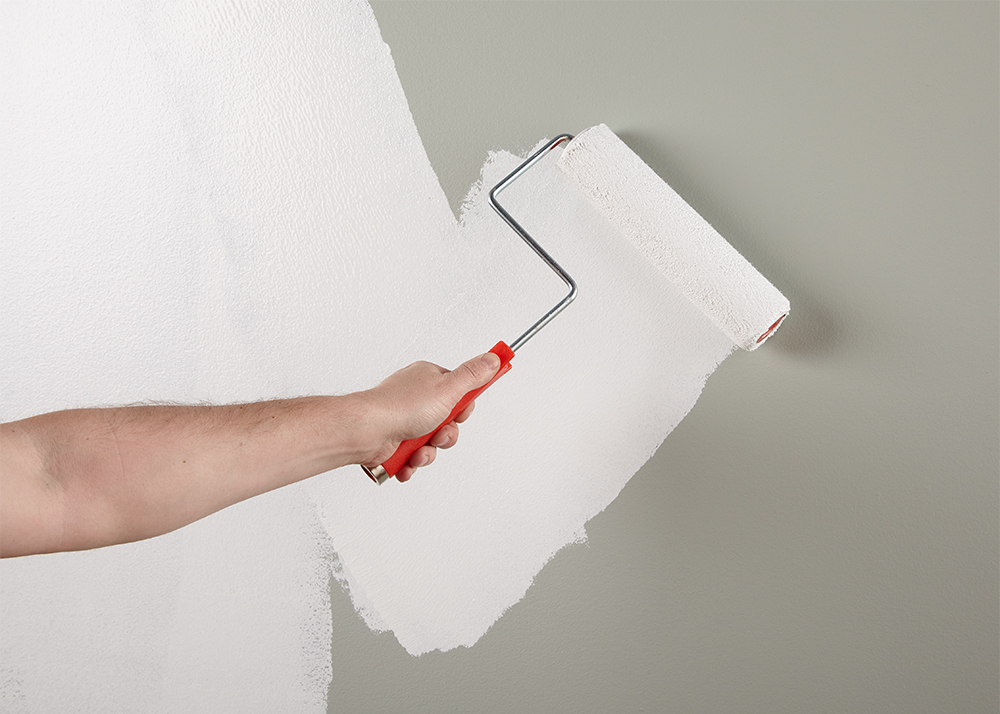 Pro-tip: Apply primer using a brush first to “cut in” around the edges, then use a roller to fill in.
Pro-tip: Apply primer using a brush first to “cut in” around the edges, then use a roller to fill in.
Step 4:
Next, apply KILZ Tribute® in White Modern on all walls except the chosen accent wall. Use a brush first to cut in around the edges 4 to 6 feet at a time, then use a roller to fill in those sections before moving along.
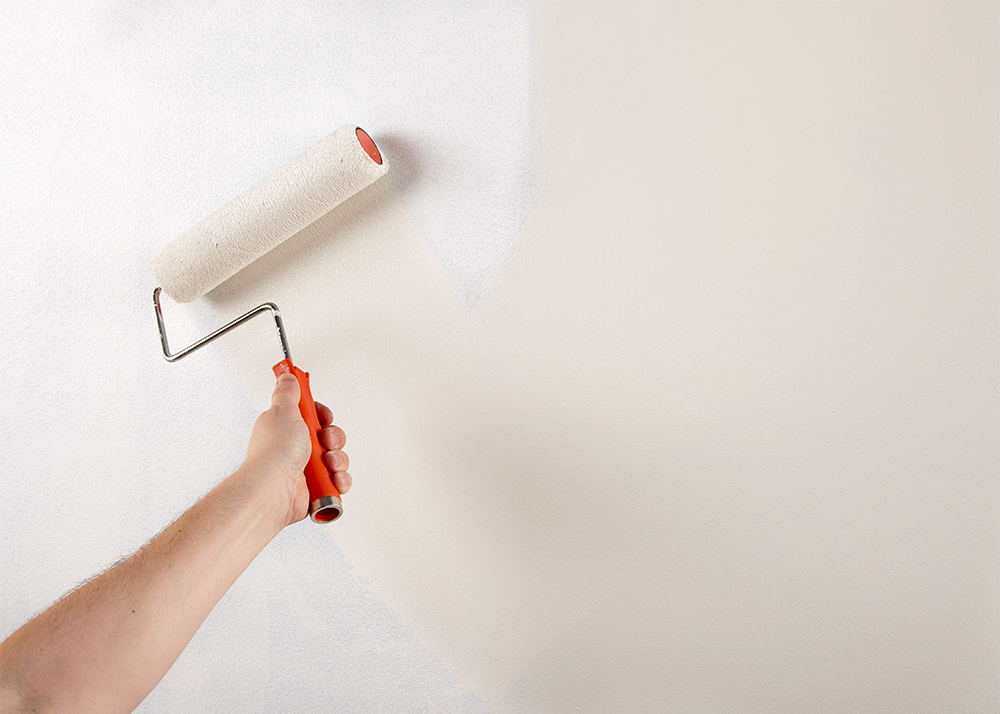
Step 5:
Next on the chosen accent wall, apply BEHR PREMIUM PLUS Nocturne Blue. Use a brush first to cut in around the edges 4 to 6 feet at a time, then use a roller to fill in those sections before moving along.
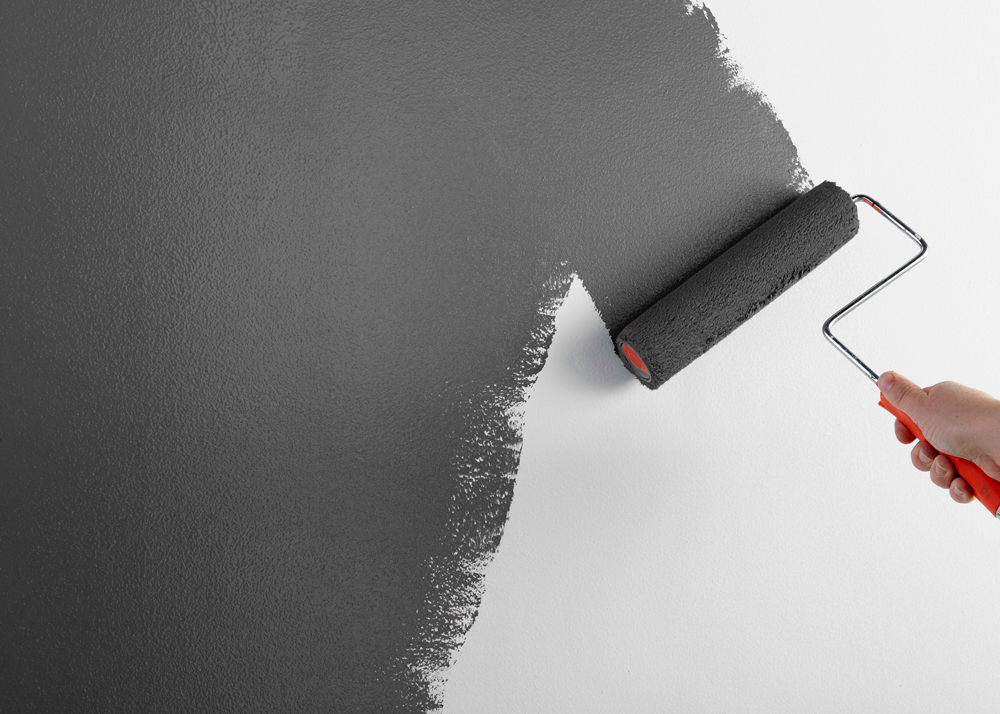
Step 6:
Remove tape prior to paint drying.
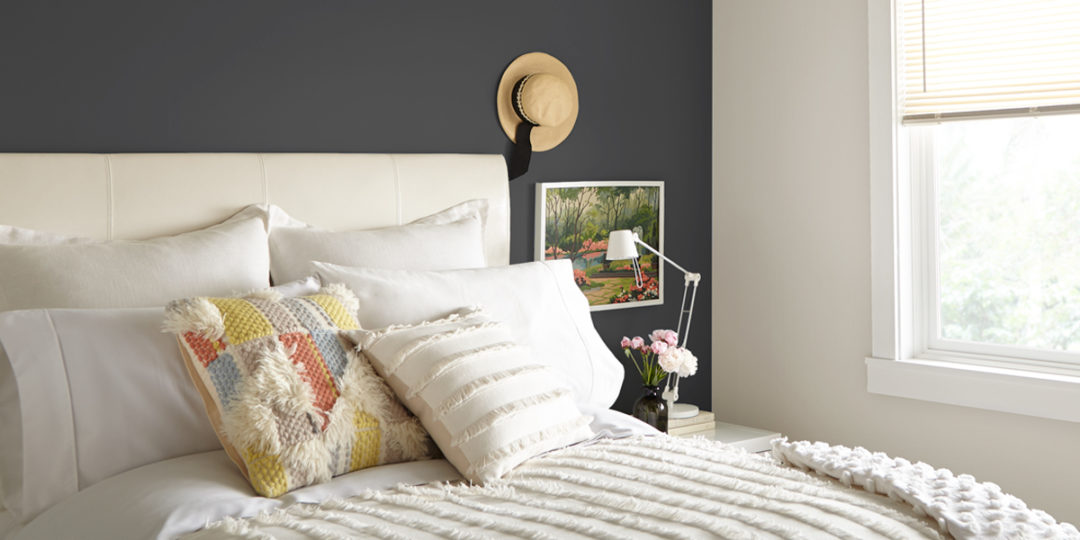
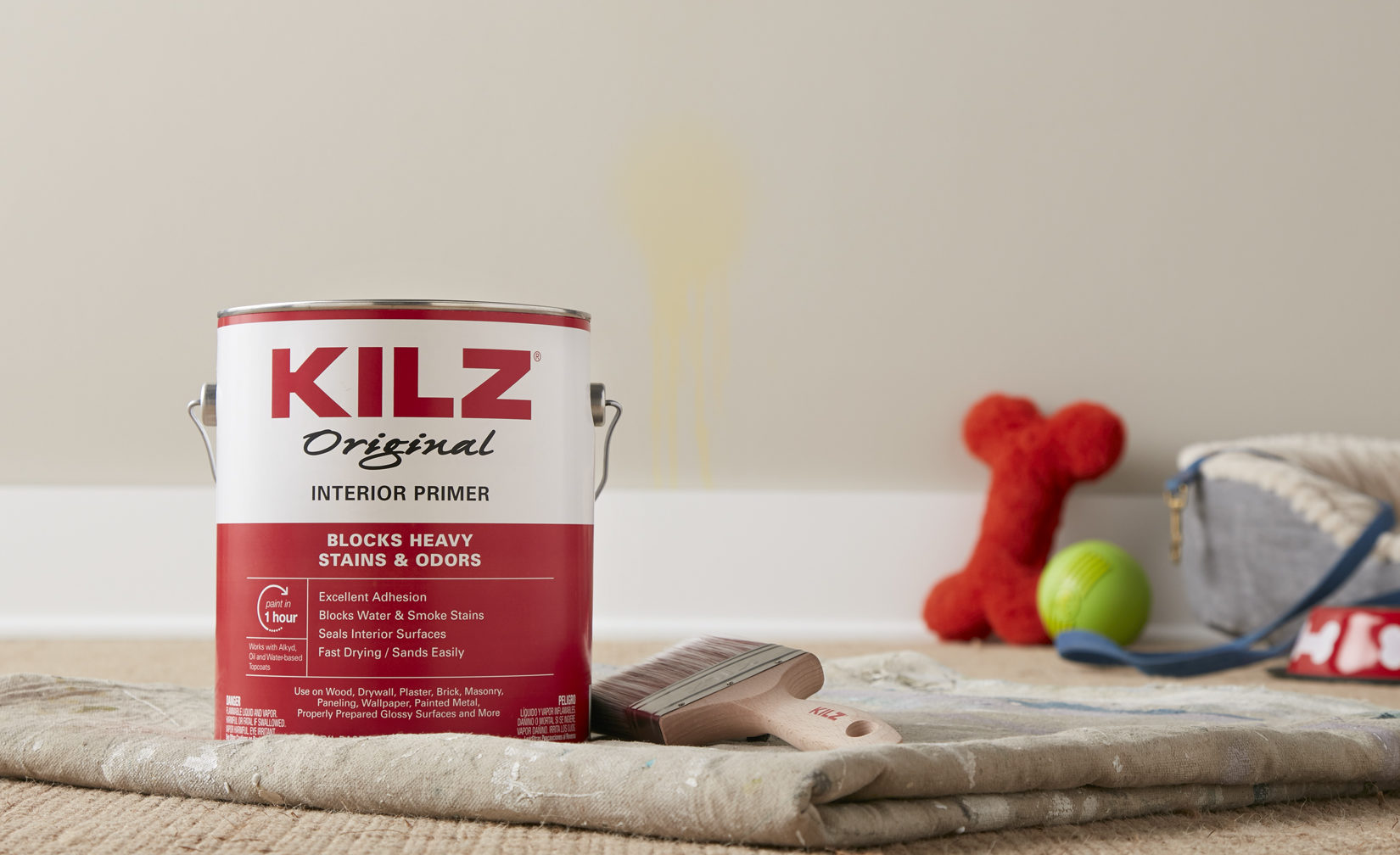
Seal & Block Odors
August 26, 2019There is a lot to love about pets and the KILZ brand loves furry friends. That’s why we’re excited to celebrate National Dog Day on August 26! In honor of the upcoming holiday, we thought it was a great time get real about odors – pesky pet odors that is.
While more than a few KILZ brand team members share our homes with dogs or cats, no one likes their home filled with unpleasant stains or odors left accidentally by the family pet. Seemingly hard surfaces in your home including floors and walls can actually absorb stains and smells, making it that much harder to get your place smelling and looking fresh after the dog has made a mess. Luckily, there are KILZ® Primers formulated specifically to seal and block odors.
Simply painting over a blemished wall won’t always do the trick and you can be left with stains (and smells!) seeping through. Using the right primer before painting over a pet stain helps with providing a barrier that keeps odor from penetrating the new paint. A great choice for this purpose is KILZ® Original primer. Trusted by professional painters for over 40 years to tackle the toughest odors, this hardworking primer helps to block most heavy interior stains including water, smoke, tannin, ink, marker, pet stains and more. And if you’re looking for a water-based primer that can help seal and block odors, KILZ Restoration™ primer is a top pick.
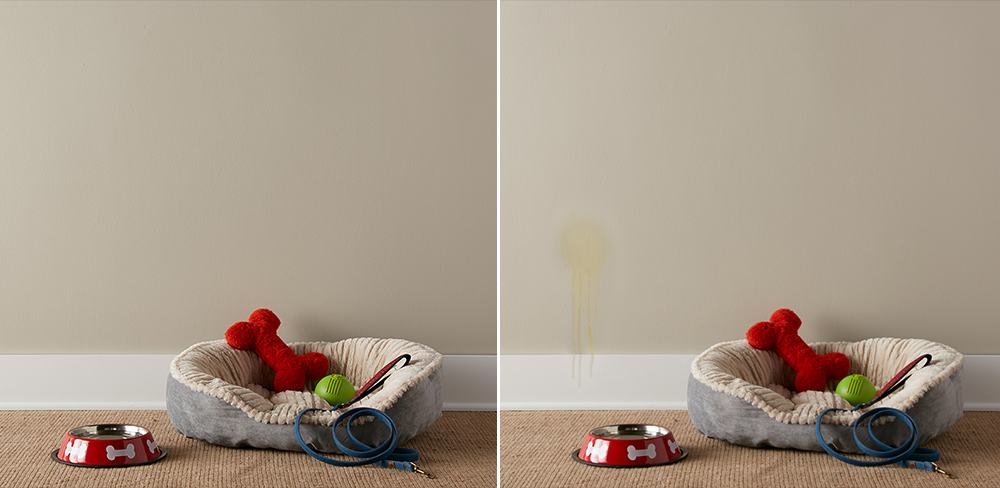
If you’re in need of ridding your home from unpleasant stains and odors, keep on reading. We’re sharing the simple steps below to tackle odors, repaint and leave your home fresh as new!
Steps to Seal & Block Odors:
Step 1:
Wipe down the wall with a damp cloth to ensure it is clean and free of dust. Allow the surface to dry. Ensure adequate cross-ventilation prior to priming.
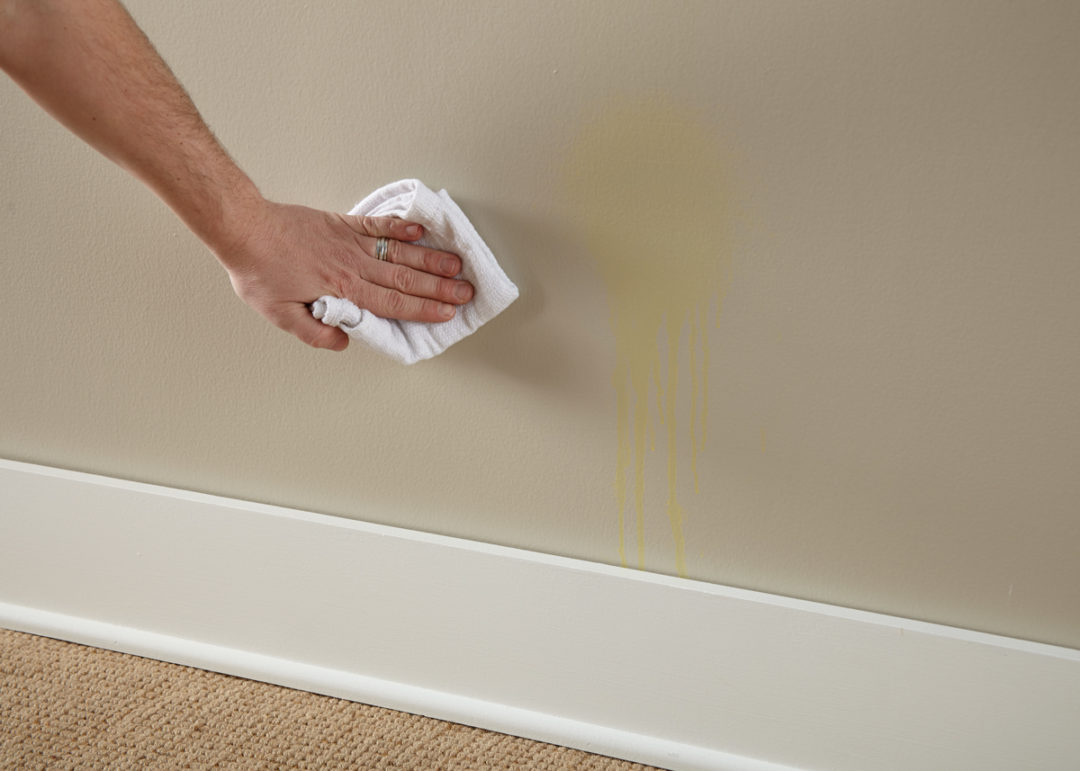
Step 2:
Tape around any baseboards, trim and moldings.
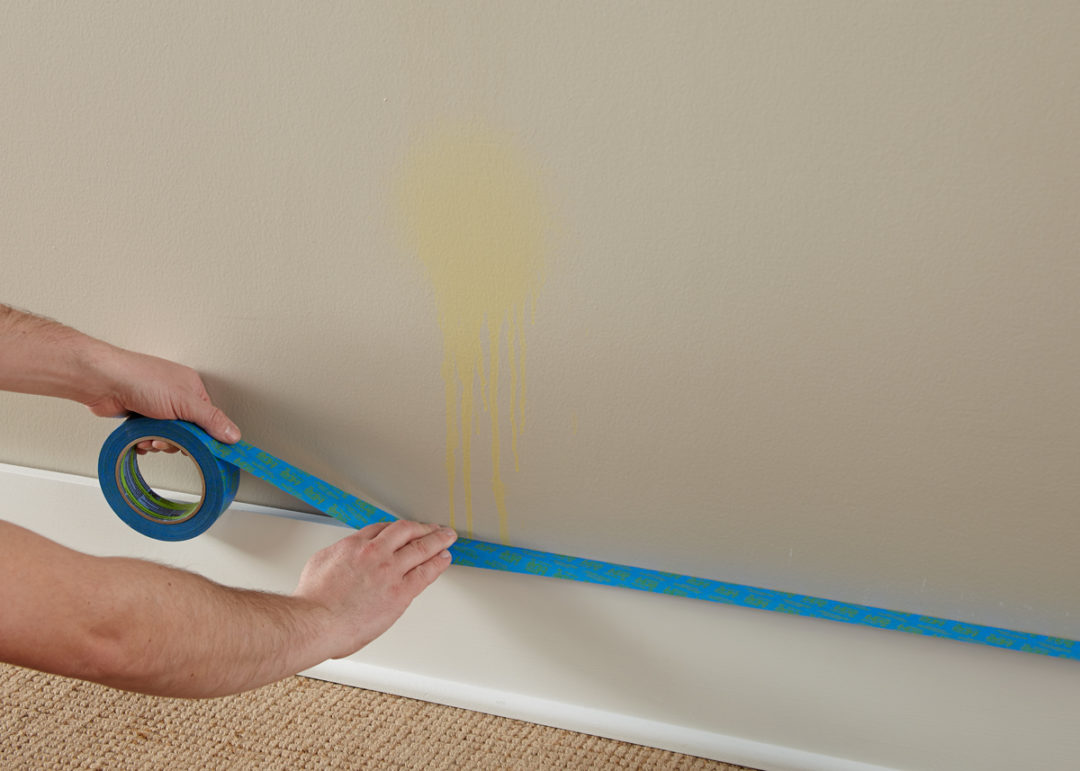
Step 3:
To seal and block pet odors and stains, apply KILZ® Original primer. Stirring prior to and during use, apply primer using a brush first to “cut in” around the edges, then use a roller to fill in.
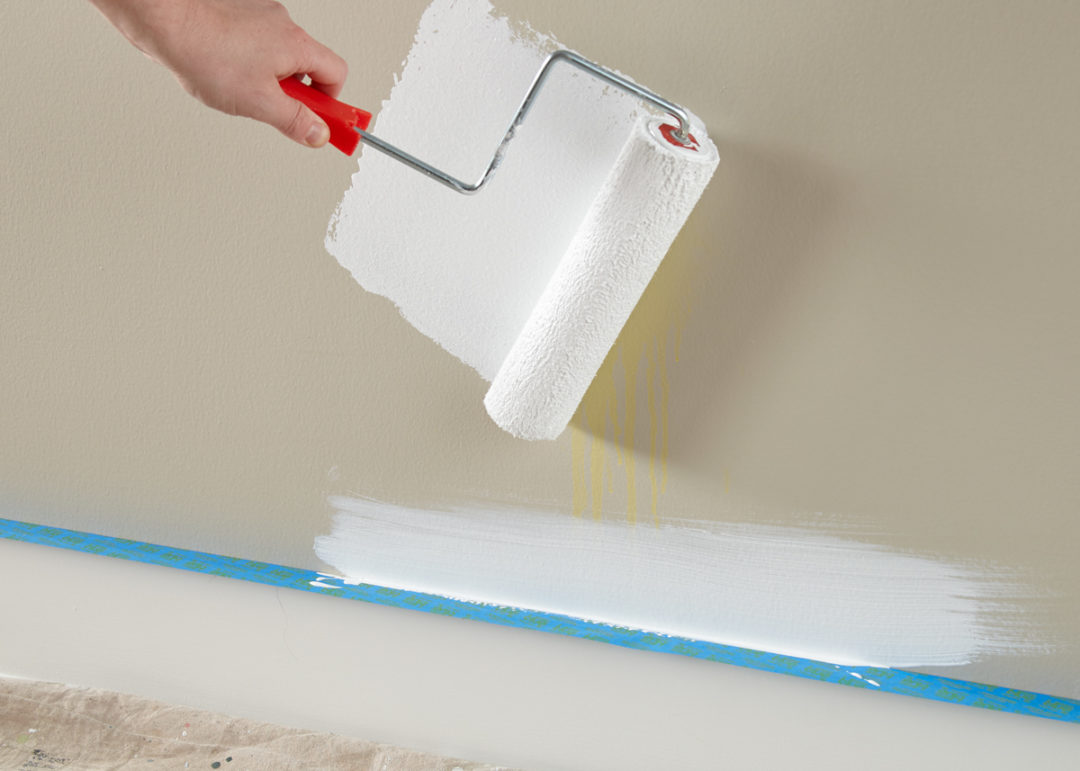
Step 4:
Once primer is dry (allow 1-hour dry time), apply a fresh coat of paint using the same application method as the primer – using a brush first to cut in around the edges 4 to 6 feet at a time, then use a roller to fill in those sections before moving along.
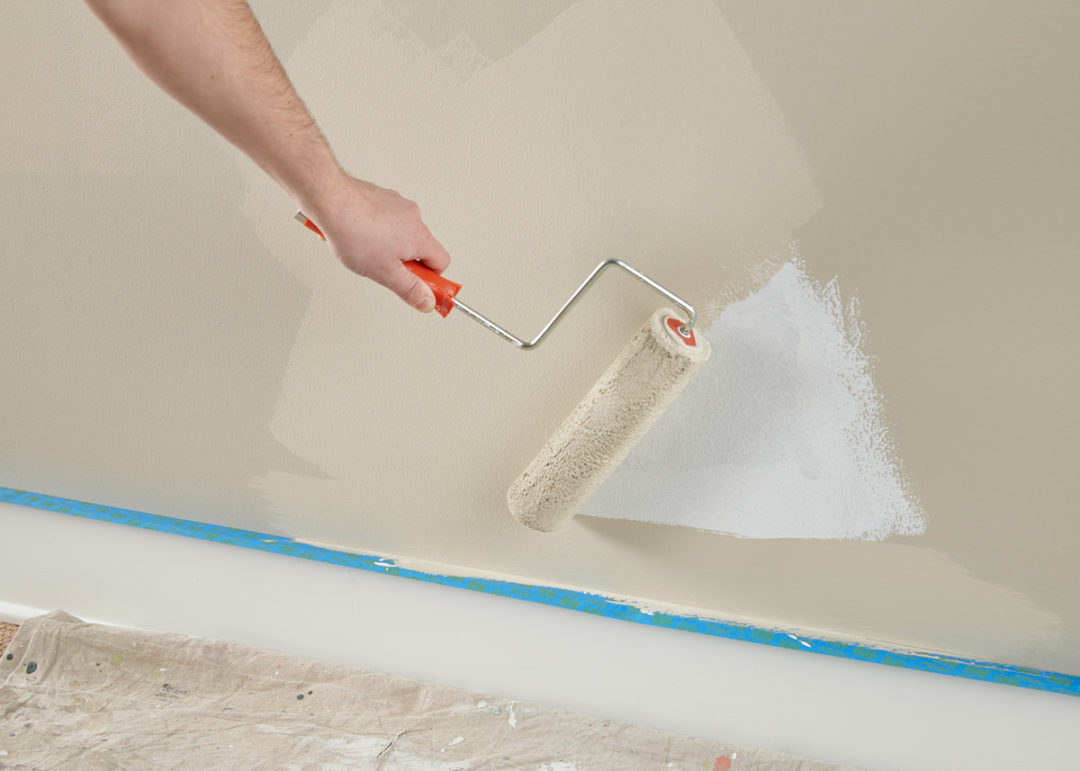
Step 5:
Remove tape prior to paint fully drying and your work is done.
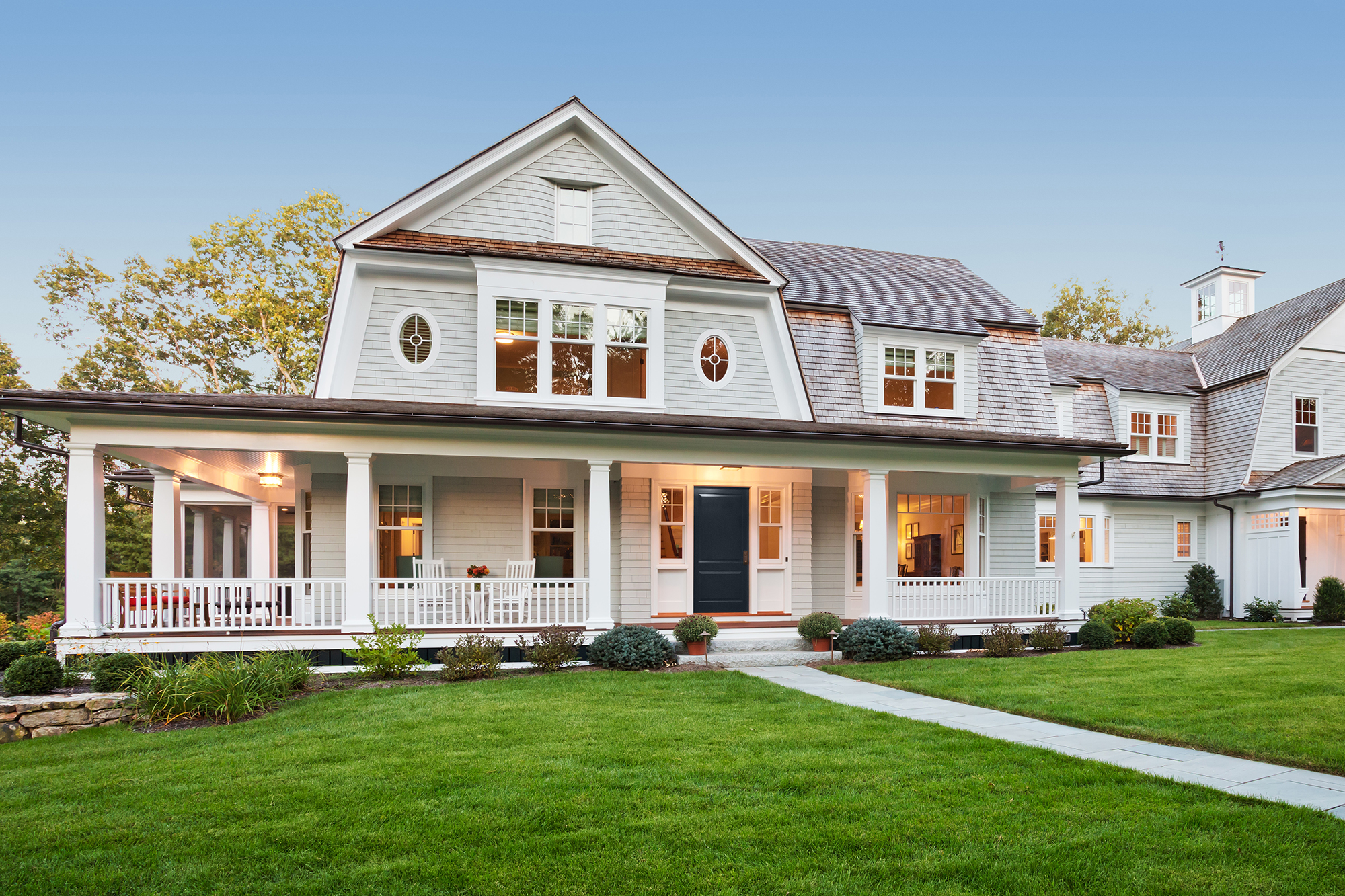
Styled by Color – Fresh Front Doors
July 22, 2019This month we’re taking our trending colors outside for an easy way to elevate your curb appeal. A bold hue applied to your front door can instantly breathe new life into a tired exterior and the color choices are virtually endless! The front door is a perfect size to play with a bright or bold color that might otherwise overwhelm the entire exterior, which made it that much harder for us to choose just a few top picks. While a tomato red or sunshine yellow hue would surely punch up your porch, we found ourselves drawn this month to shades of blue, green and black as cool summer picks for a front door makeover.
If you’re ready to add a bold color to your front door but you typically prefer more neutral shades, BEHR’s Nocturne Blue might be the color for you. A deep gray with a dark blue undertone it can appear almost black in some lights, but with the subtle interest of its underlying hues. Nocturne Blue works great as a front door color against a lighter exterior paint color, like a nearly-white grey or a sandy tan.
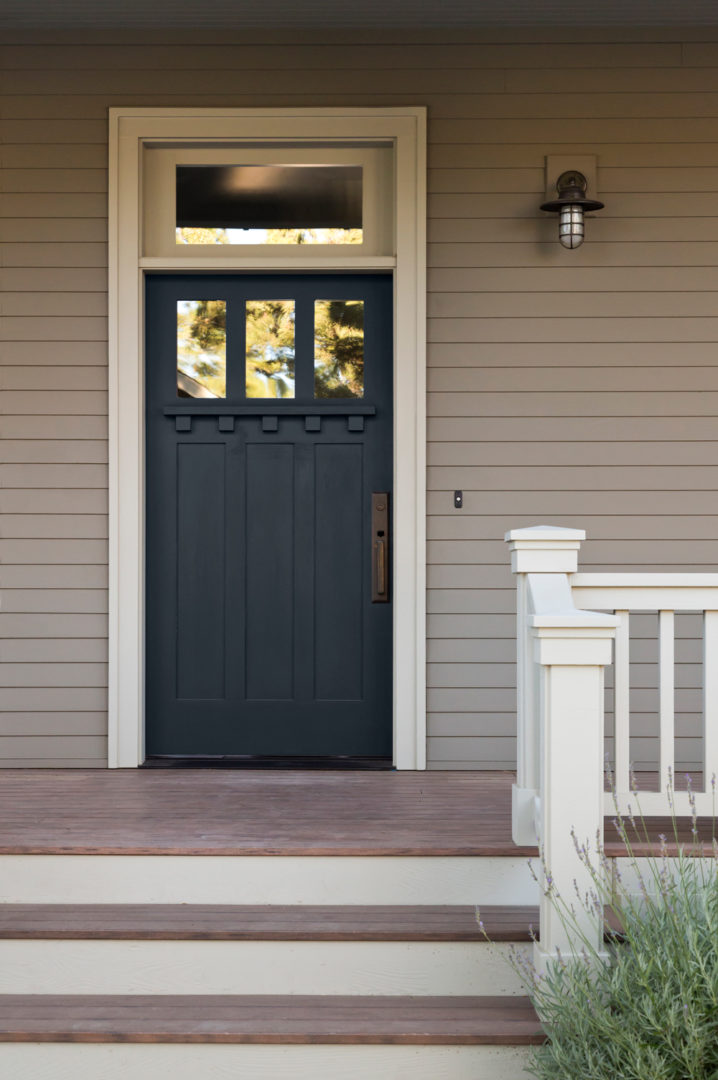
Looking for a shade with a bit more brightness? Then you’ll love our next pick, Oceans Deep. The dark bluish green with gray tones is a refined yet fun front door color choice. We love how it pops against a true white door frame and light wood exterior.
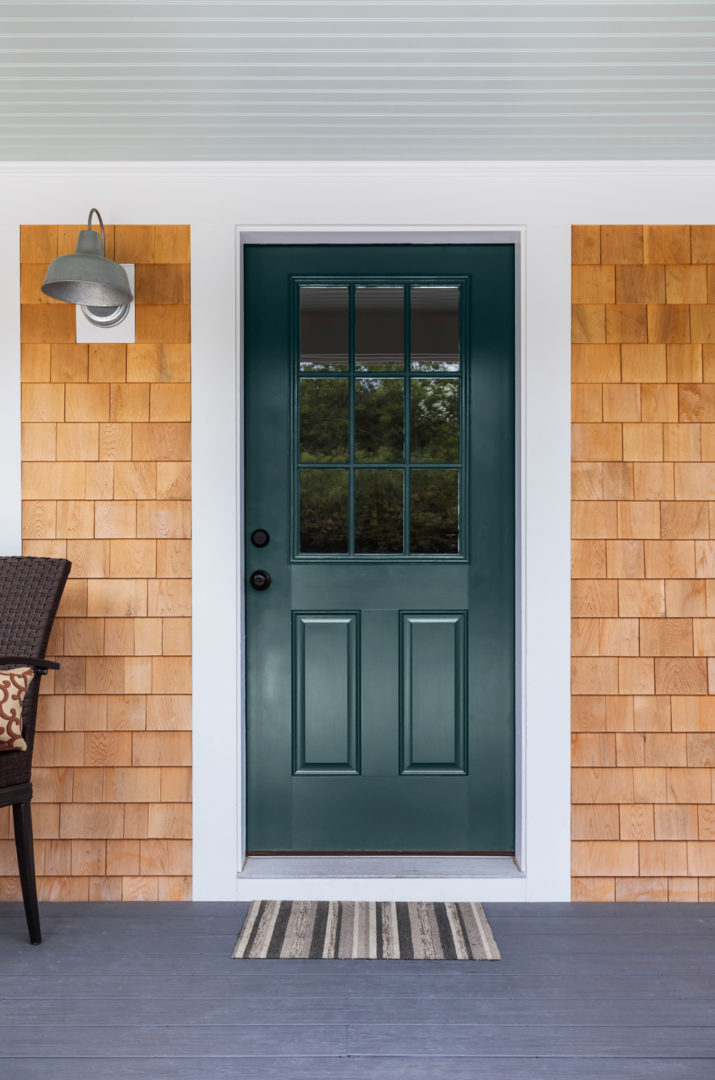
And if you’re ready to go all in with a lighter and brighter shade, Oceanic is a light green with a yellow undertone that evokes the color of a natural prasiolite quartz. A front door painted in Oceanic perfectly pops against a home with an all-black exterior.
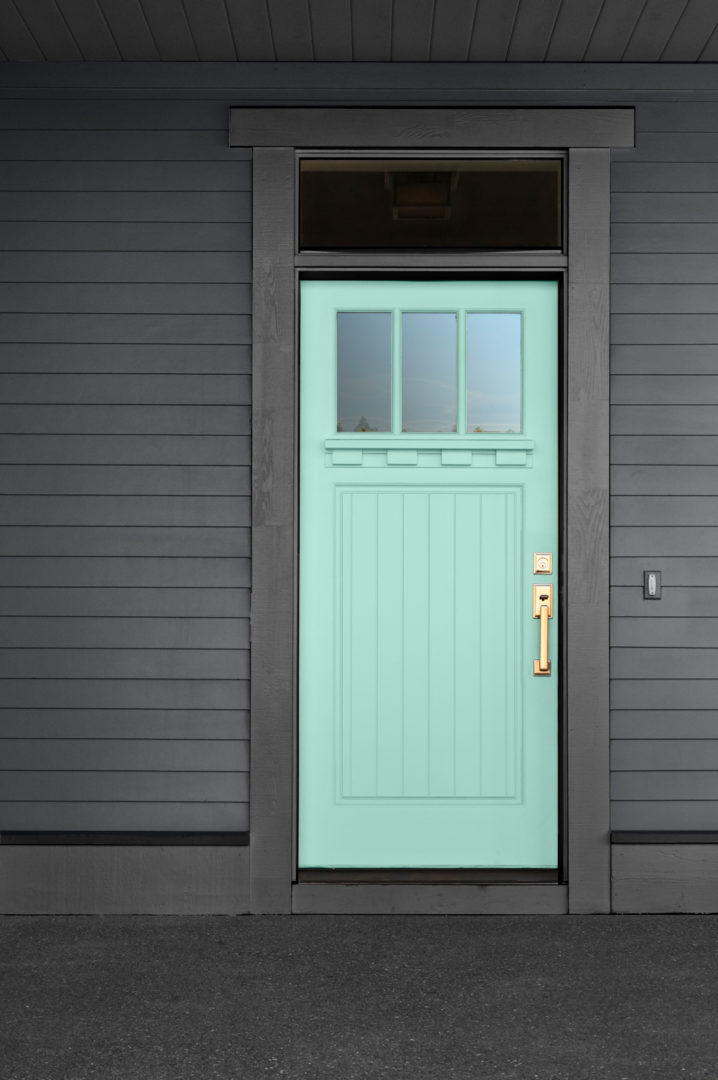
For our last pick, we went for a bold shade that is a real showstopper on a front door. A bright green with a yellow undertone, BEHR’s Celtic Queen finds its perfect partner in a sleek black doorframe on this modern wood paneled home.
Nocturne Blue
Oceans Deep
Oceanic
Celtic Queen
A front door makeover is a minimal investment with a big return on your overall curb appeal and with summer entertaining season underway, there’s no better time to freshen up the first thing guests see when they arrive.
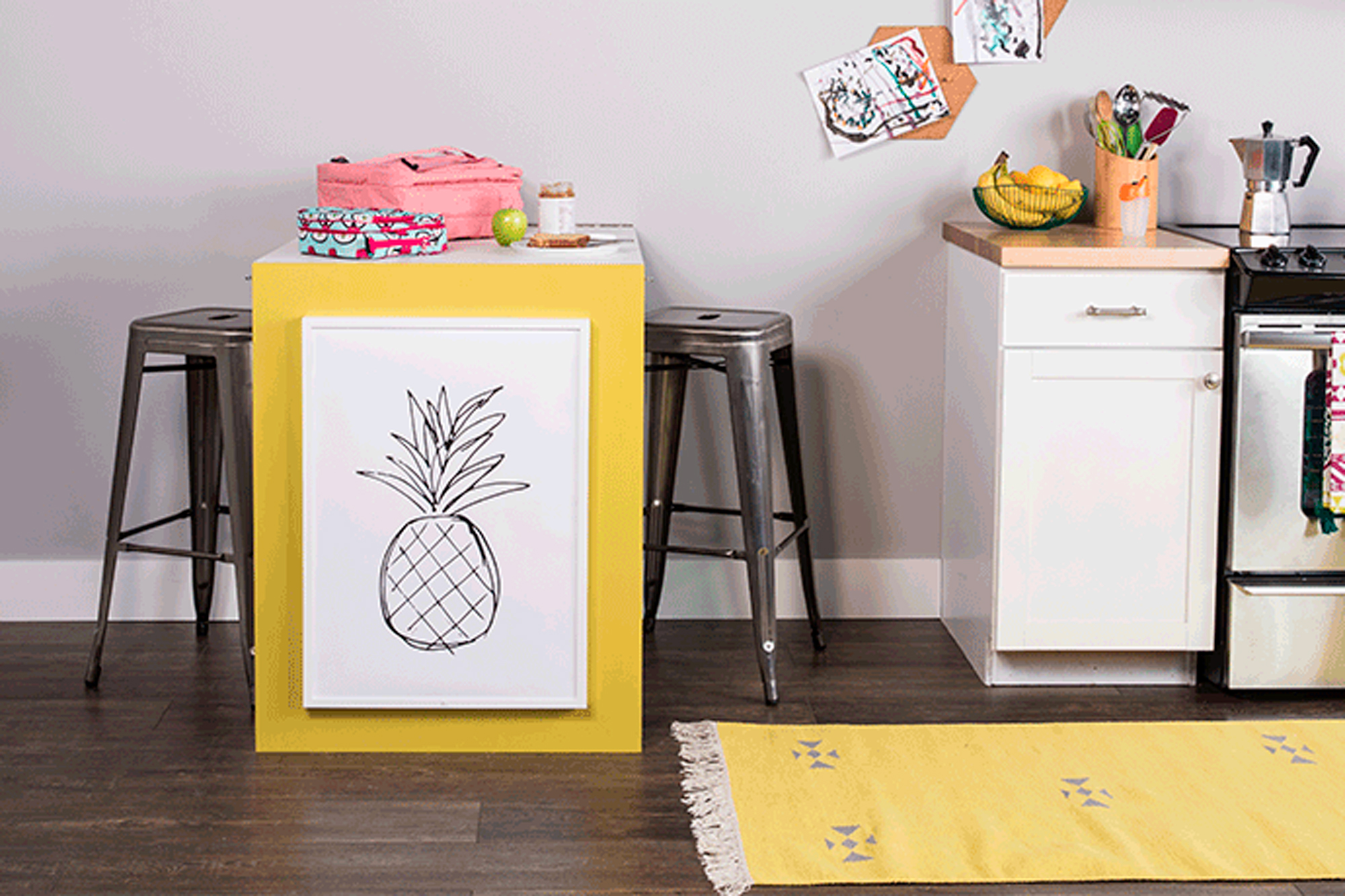
Small Kitchen Hack & A Pop of Color
January 10, 2017This project is one of our favorites because of the unexpected twist that adds not only color but functionality to this space. If there’s not enough square footage for that 12 person dining table you’ve always dreamed of, we think you will love this solution. For this project we will show you how to create an optional tabletop space that retracts up and down allowing you to utilize at your convenience. This Murphy table will double your working counter space, and can even be used as a desk for the little ones to color! This concept can be used in a hallway, bedroom, office or garage for a working station!
Project Checklist:
- Plywood
- KILZ COMPLETE COAT® Paint and Primer in One
- 100-150 Grit Sandpaper
- Dust Mask
- Damp Cloth
- Paint Brush
- 3/8”-1/2” Synthetic Roller
- Framed Artwork
- Drill or Screwdriver
- Screws
- Piano Hinge
- Hook and Eye Latch
- Stir Stick
- Can Key
- Framed Artwork
- Measuring Tape
- Level
Step 1:
Start by cutting 2 pieces of 1/2″ plywood to size 28-1/4″ X 36″. Then cut 2 additional pieces of plywood to 1″ X 28-1/4″ for the wall cleats.
Step 2:
Sand all pieces of plywood with 100-150 grit sandpaper.
Step 3:
After sanding, use a damp cloth to remove any dust from the pieces of plywood.
Step 4:
Open a can of KILZ COMPLETE COAT® Paint and Primer in One and thoroughly stir the paint.
Step 5:
Paint all of the pieces of wood with your selected colors and allow to dry.
Step 6:
Allow 2 hours dry time*, apply second coat if needed.
*Dark colors and high humidity areas may have extended dry times.
Step 7:
Next measure and cut the 2 piano hinges to size 28-1/4″.
Step 8:
Using screws, attach the first piano hinge to connect the two larger pieces of plywood (table top and leg). Then attach the second piano hinge to connect the table top to the first cleat.
Step 9:
Measure and center the picture frame onto the front of the table leg. Once centered attach the frame with screws.
Step 10:
Attach the table top and lower cleat to the wall.
Step 11:
With the table folded against the wall, measure and attach the top cleat to the wall.
Step 12:
Finish by measuring and attaching the hook and eye latch to the top wall cleat and the table leg.
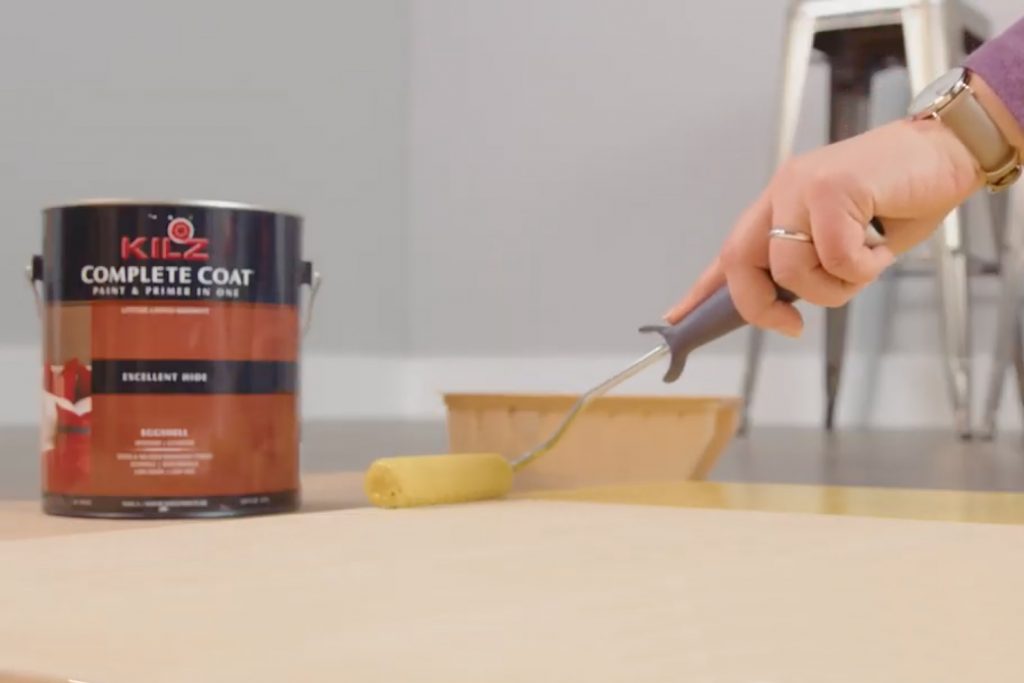
Pro-tip: For best results, apply with smooth strokes that go in the same direction as the wood grain.
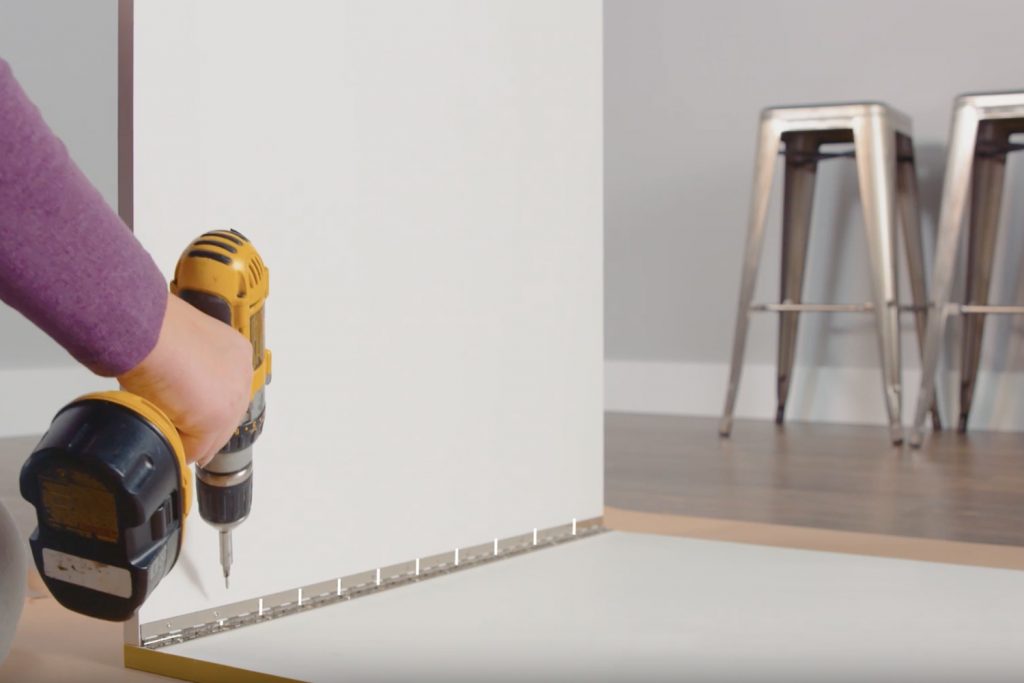
Pro-tip: Use a power drill to attach the piano hinge.
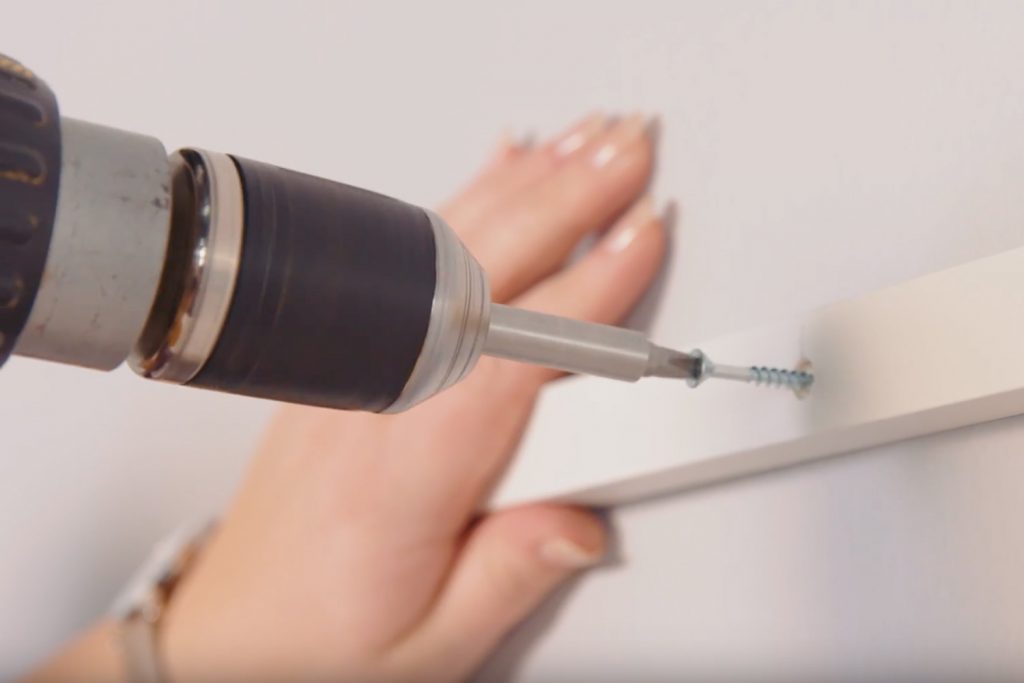
Pro-tip: Use a stud finder to ensure the table is properly secured to the wall.
If there’s not enough square footage for that 12 person dining table you’ve always dreamed of, we think you will love this solution.
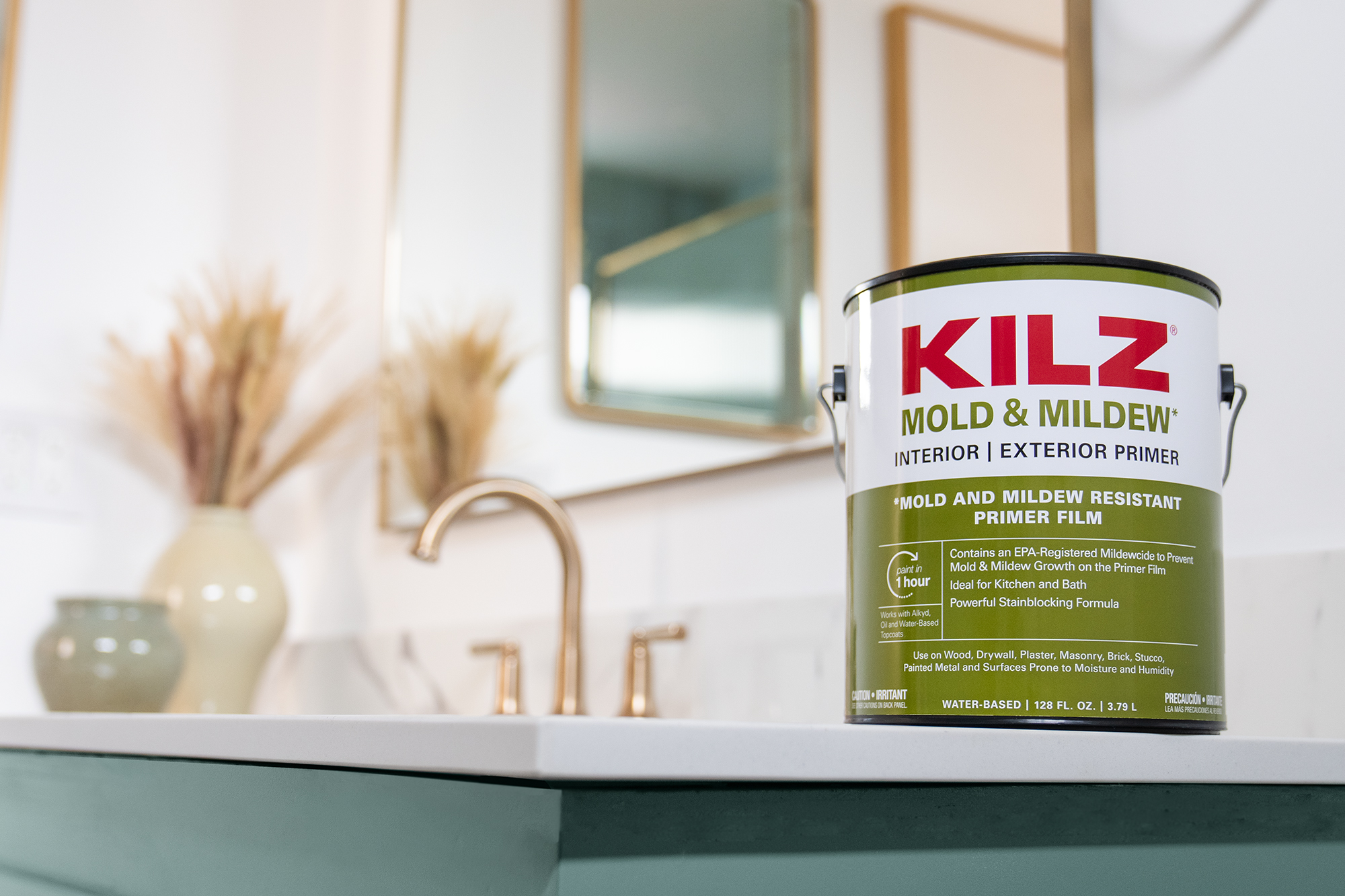
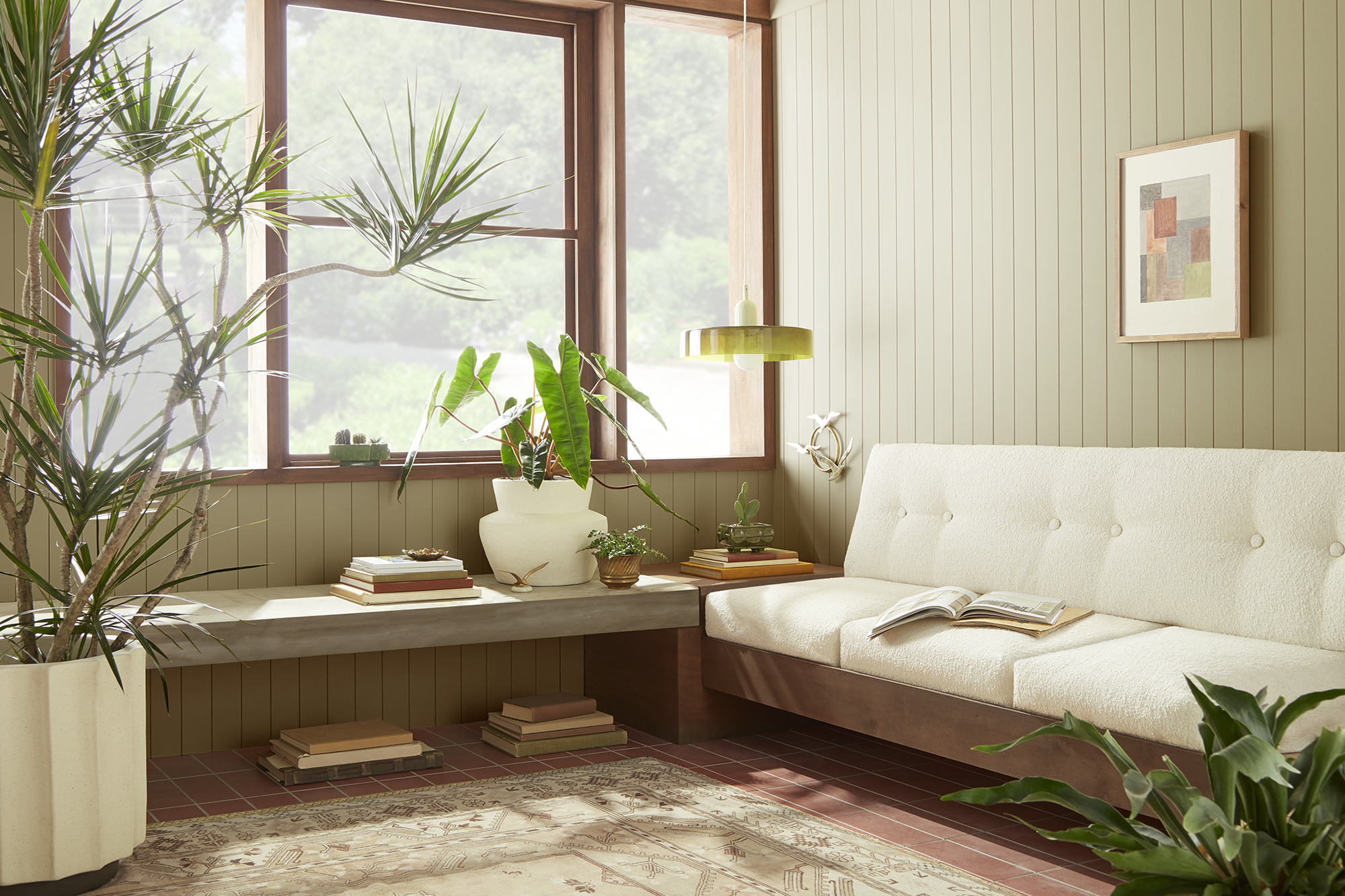

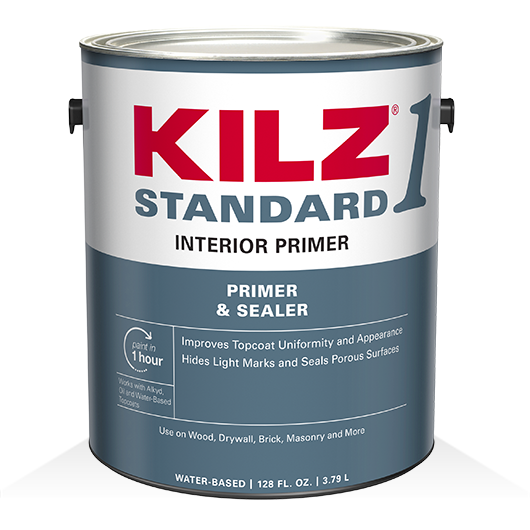
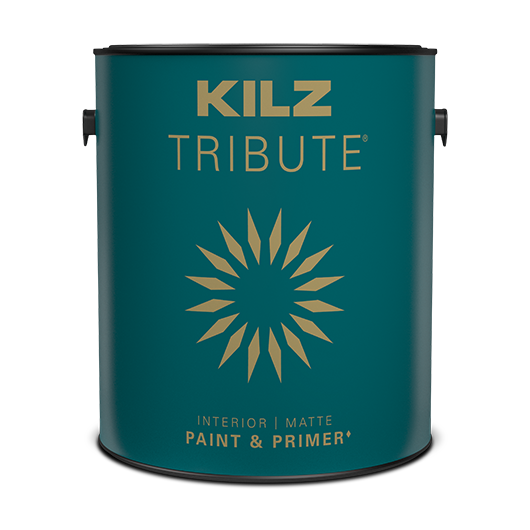
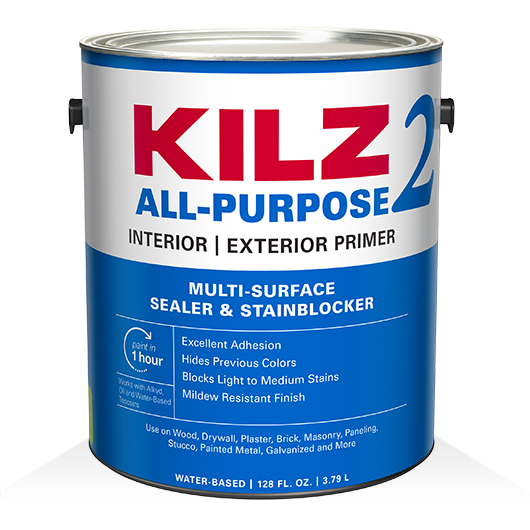
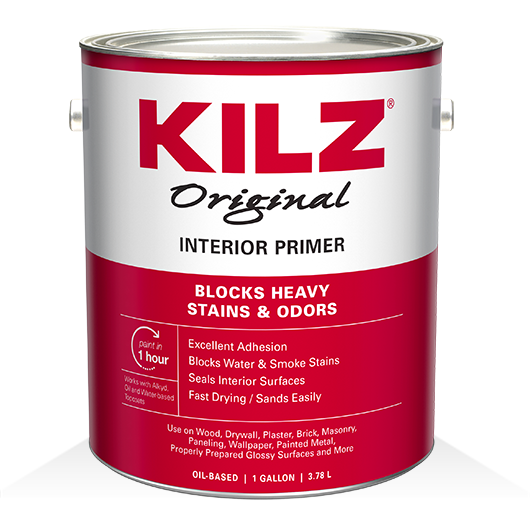
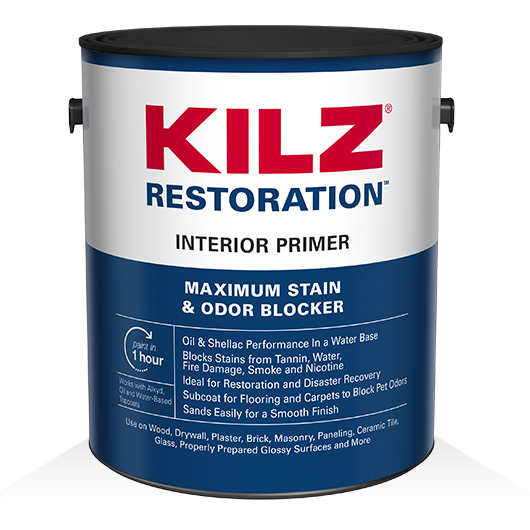
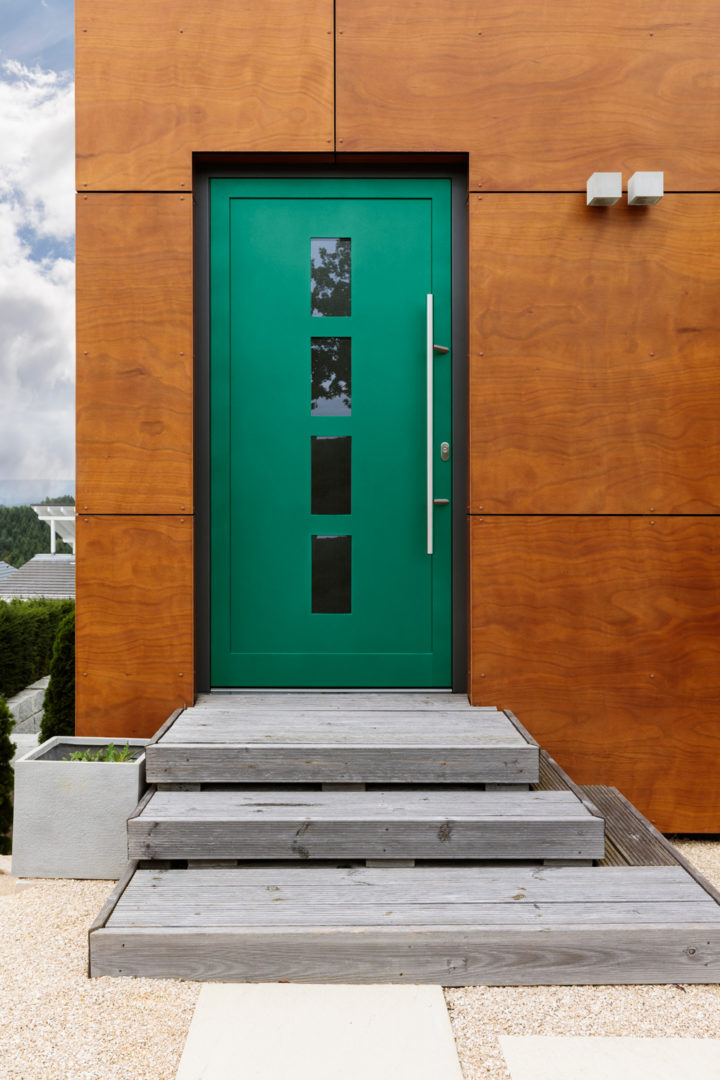




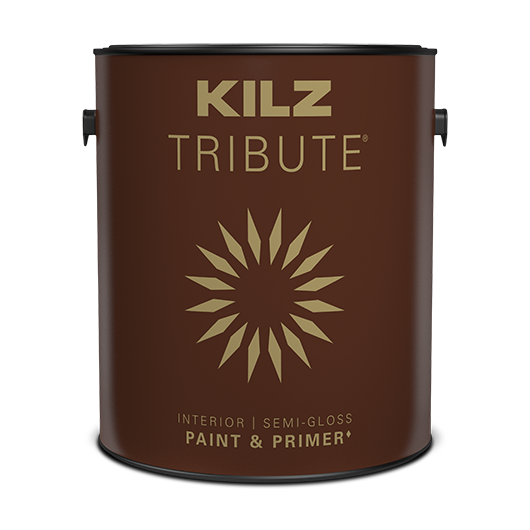
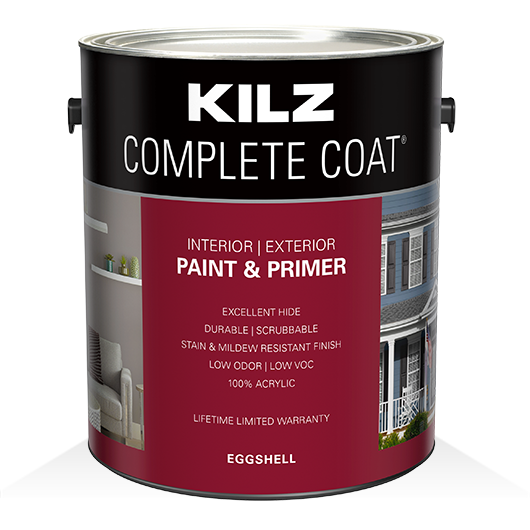
join the conversation:
SHARE this post: